It was a nice spring day with summer temperatures, and my family and I took a day off because we had some duties to do. We've finished them earlier and have the whole afternoon free. We took the opportunity for a short trip to the Slovenian coast, since it is only an hour-drive away, and we found ourselves in Portoroz.
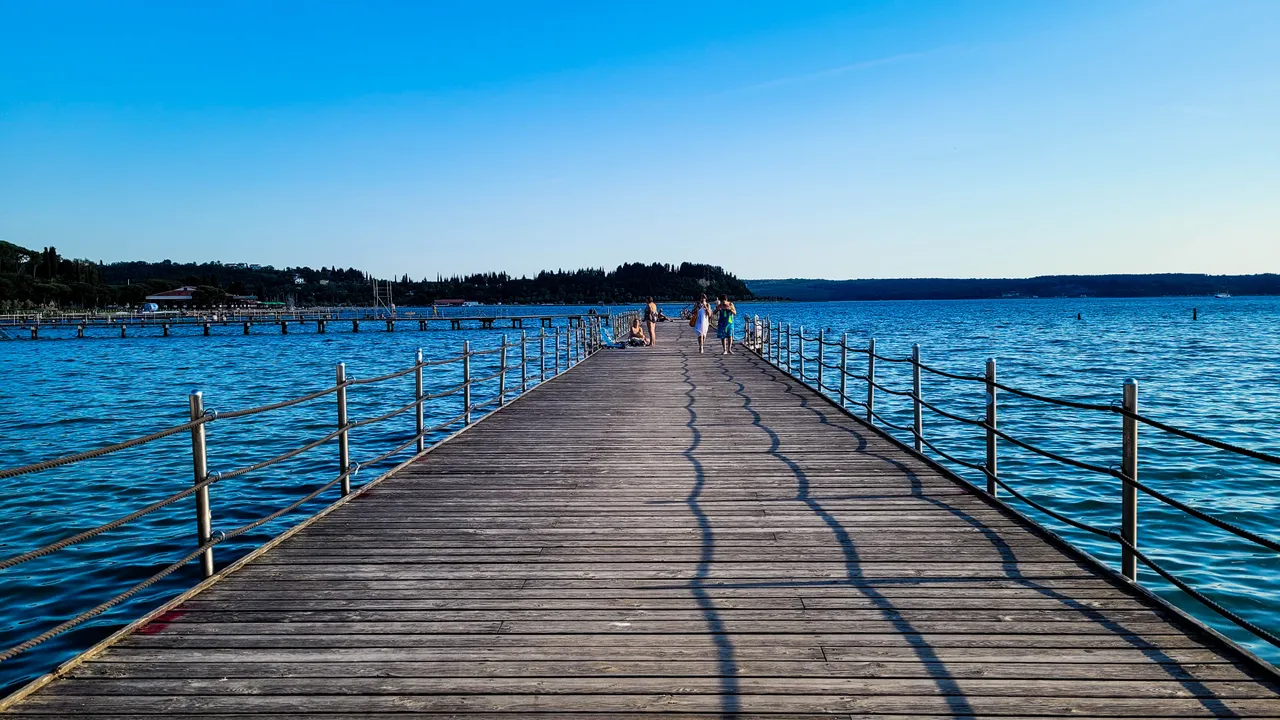
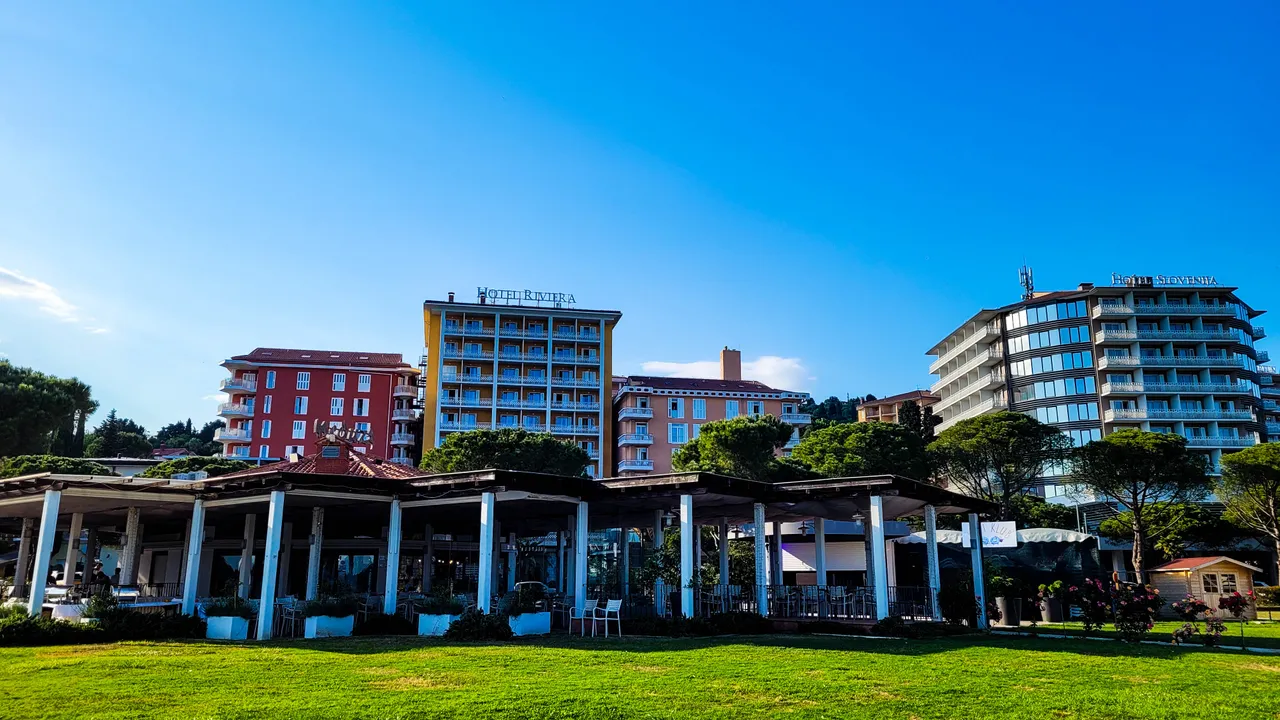
Slovenians, we have only 46.6 km of coastline, so we have to make sure we really make the most of every metre. The result is a coastline with several towns stretching along it, each with its own unique character.

The poetically named Portoroz (Port of roses) is considered the undisputed king of coastal tourism in Slovenia. It is located in south-western Slovenia, on the border with Italy. It is also home to members of the Italian ethnic community and, in addition to Slovenian, Italian is the official language too. With its climate, it is one of the warmest locations in Slovenia.
The name Portoroz derives from the name of the church of “Madonna delle Rose” (Virgin Lady of the Roses), which was first mentioned in the 12th century in connection with a Benedictine monastery that stood near the present Metropol Hotel.

Historical sources also claim that it was the sheltered bay of Portoroz, an ideal place to shelter ships from storms. From there the name “port of roses”.
Since the 13th century, Portoroz has been establishing its reputation as a health resort, where the monks of the Monastery of St. Lawrence initially used sea water and brine for healing. This was the basis for the gradual development of spa and wellness complexes, which still today make the most of the healing benefits of salt and the sea. The first spa hotel was built as early as 1830. The successes in treatment attracted more and more guests. Gradually, Portoroz began to be visited by guests other than spa guests. In 1897, it was officially declared an air-conditioned health resort and its rise began. Thus, even before the First World War, it had already become an internationally renowned tourist destination.
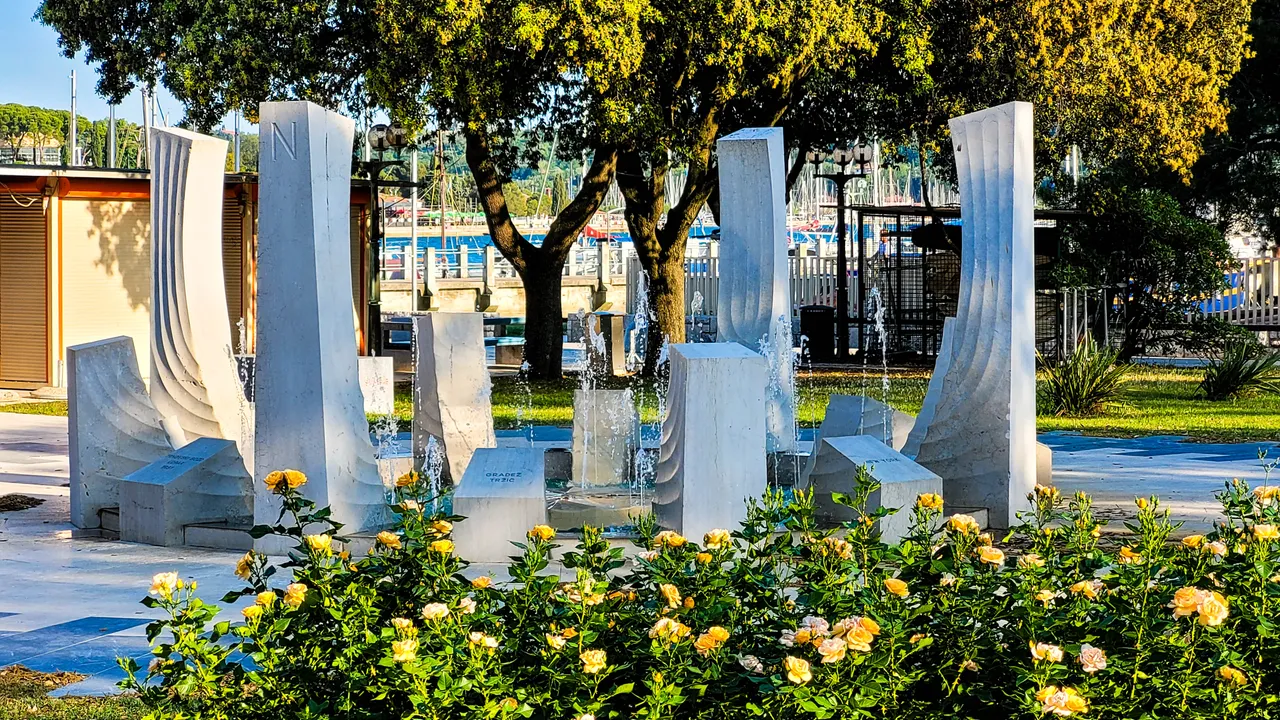
Portoroz is our biggest seaside tourist resort, full of flowers, evergreens and palm trees. The intermingling of different cultures and music, nature, gastronomic delights, and a colourful historical past create an environment that is pleasant for rest and relaxation. In addition to the pleasures of the sea, visitors can enjoy a wide range of sports and recreational activities, entertainment, casinos, health and beauty programmes at the spa, and a varied offer of restaurants and events.
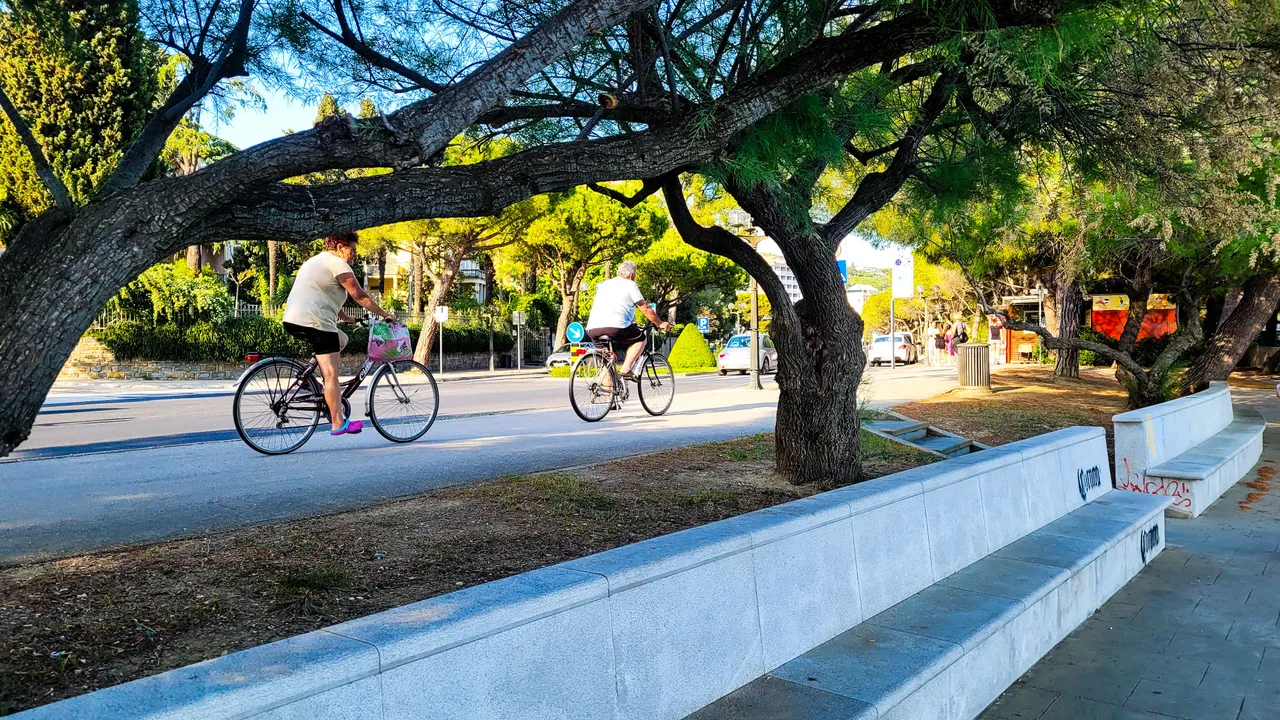
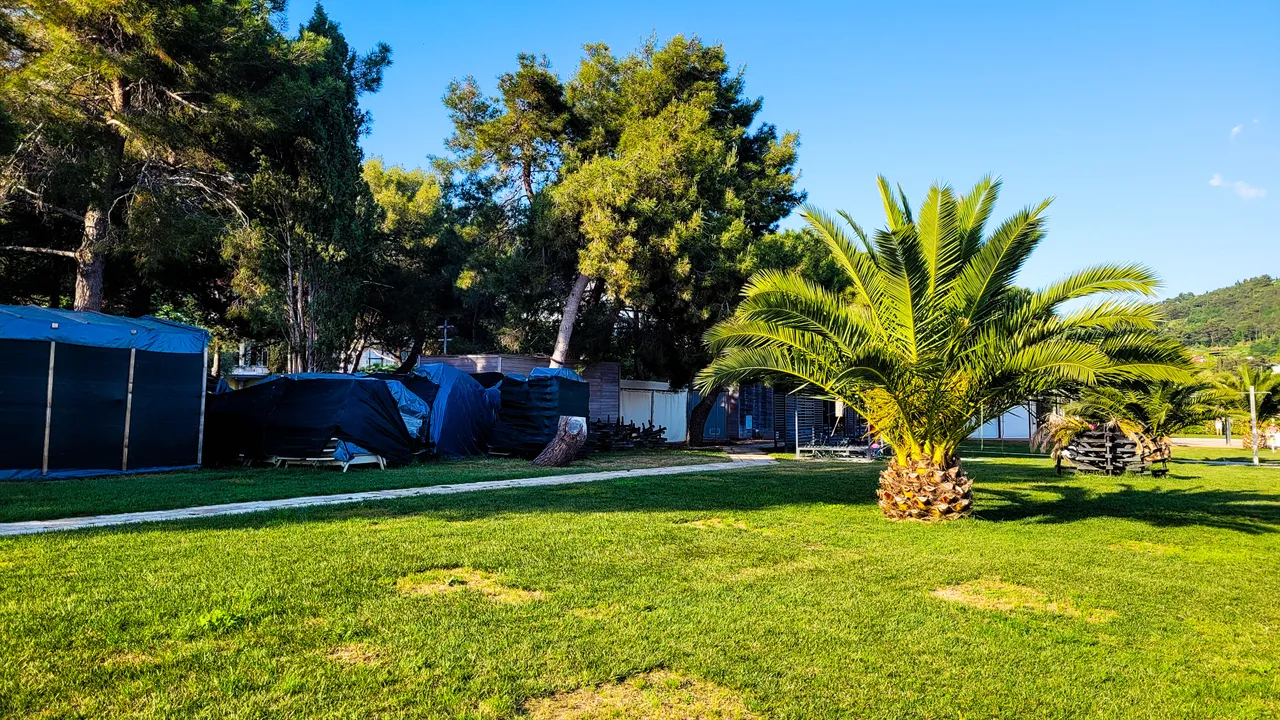
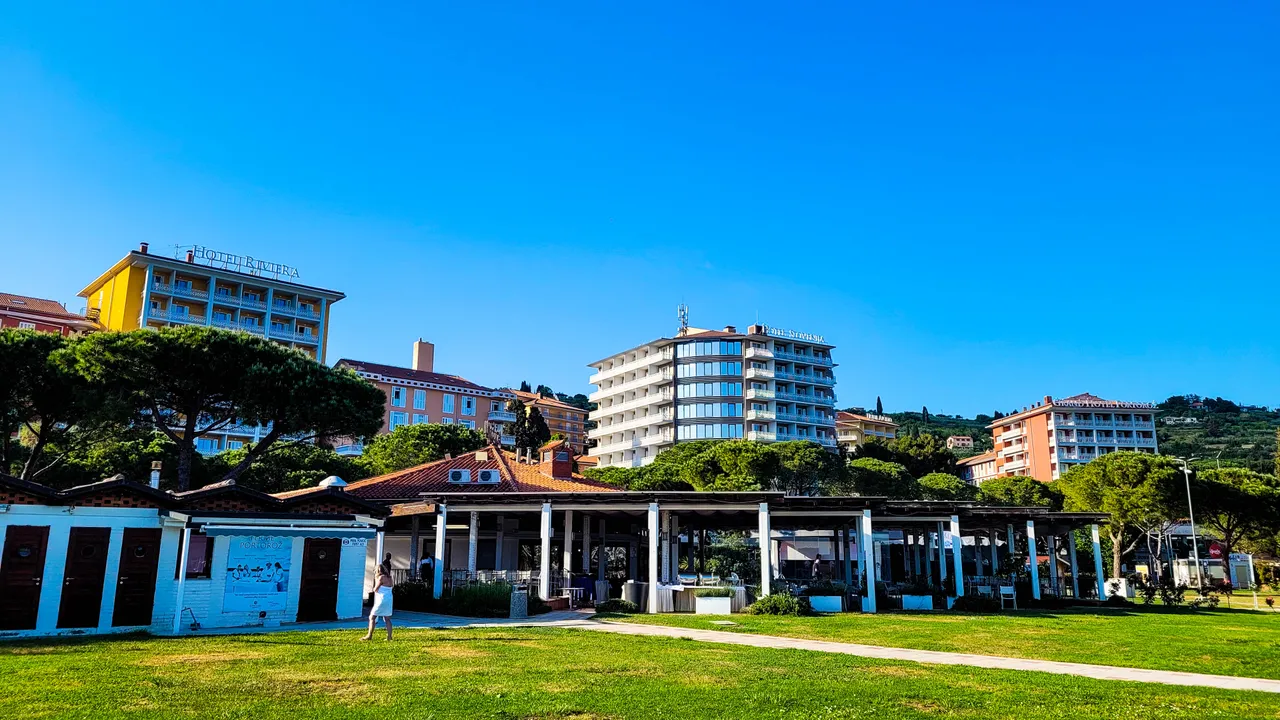
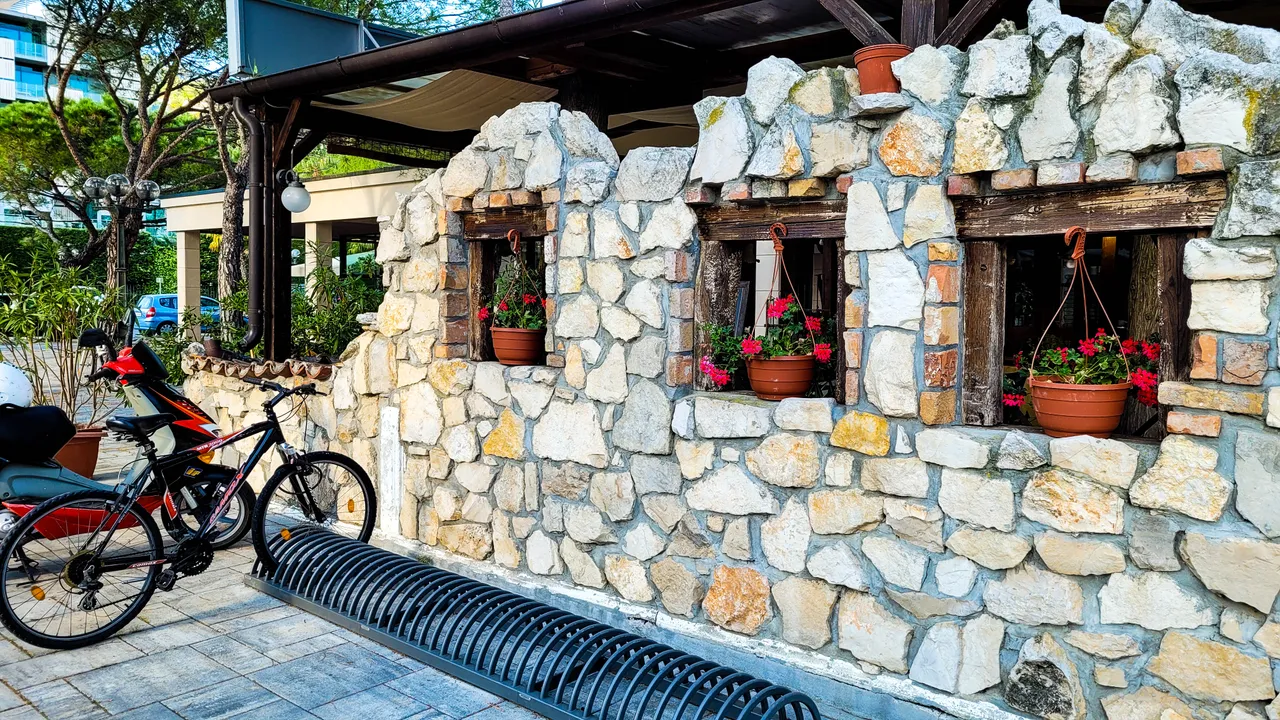
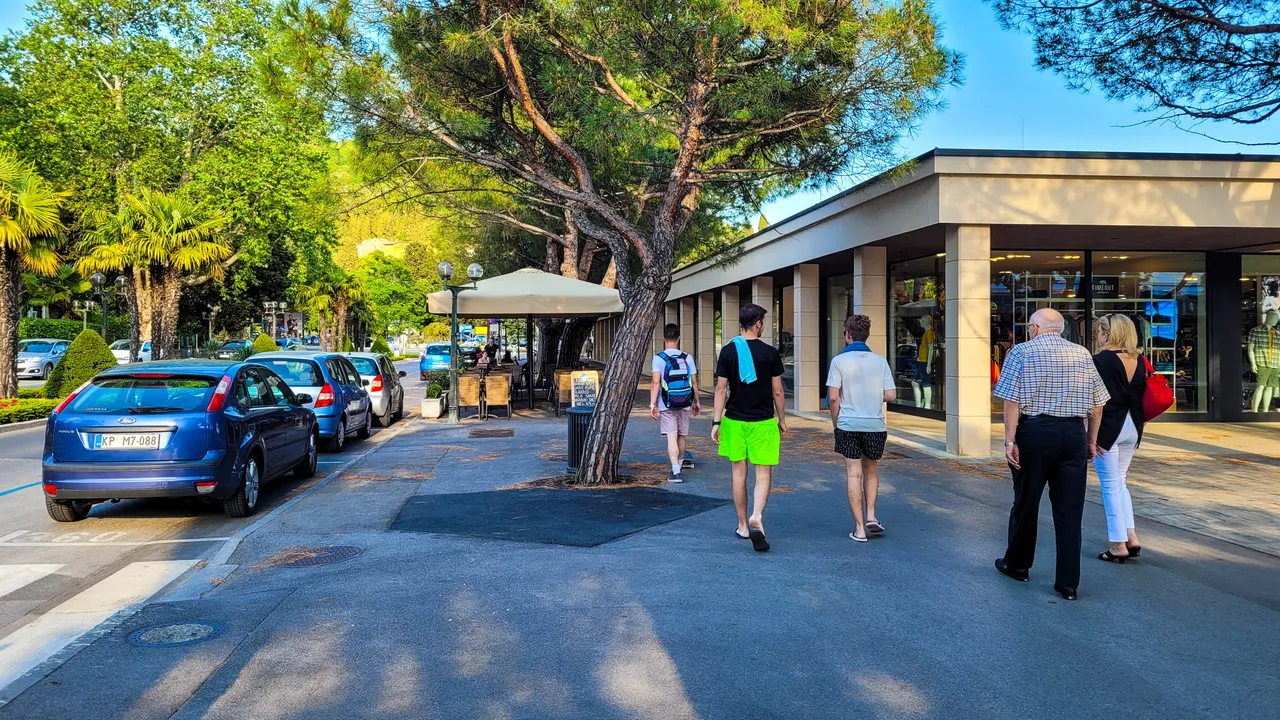
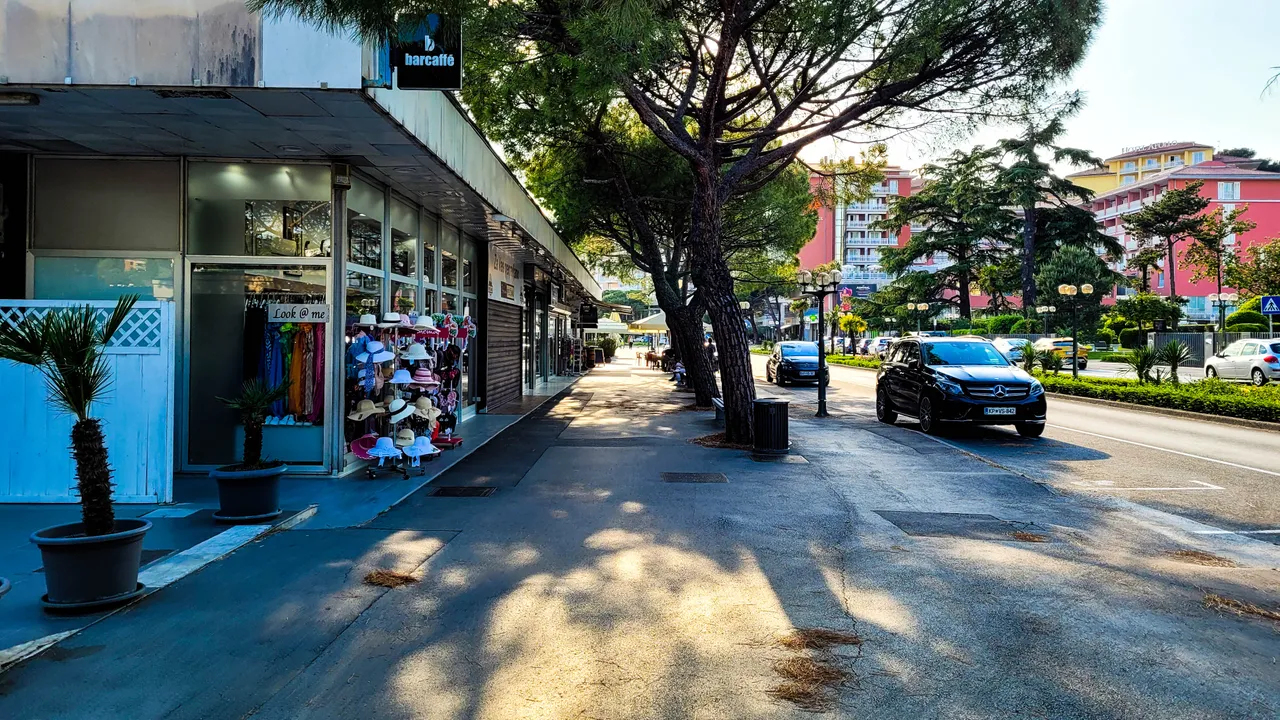
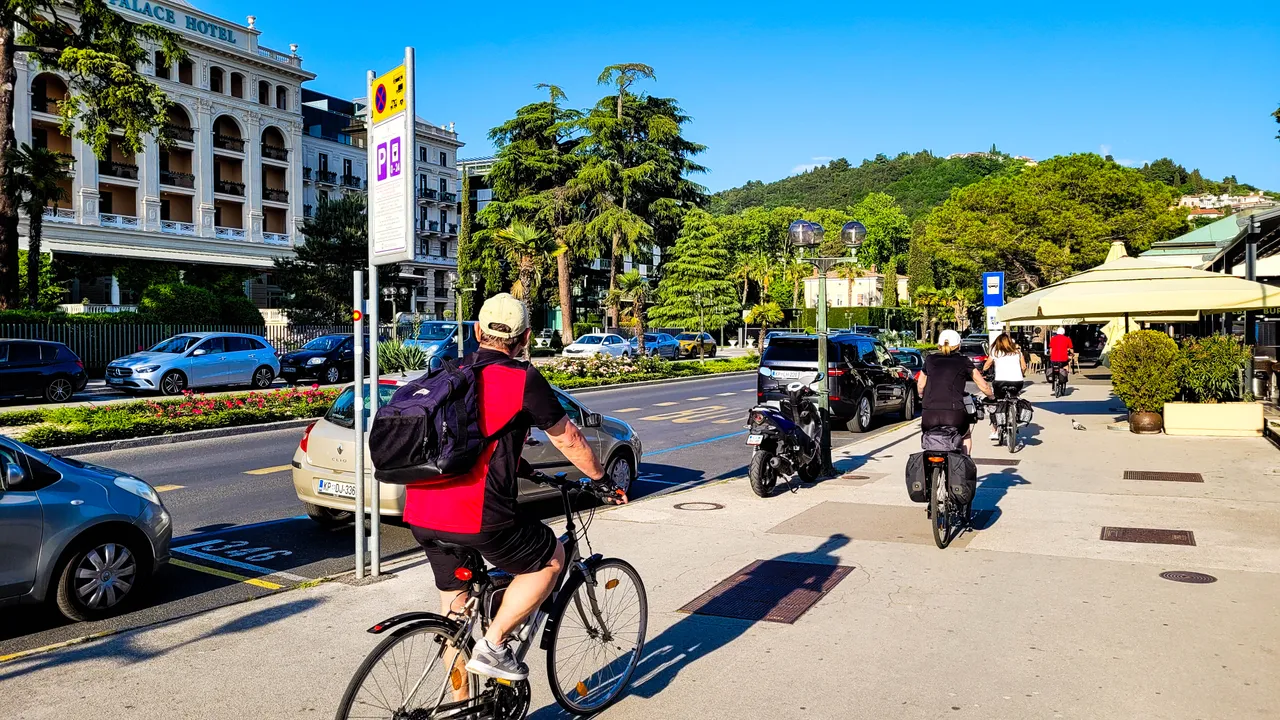
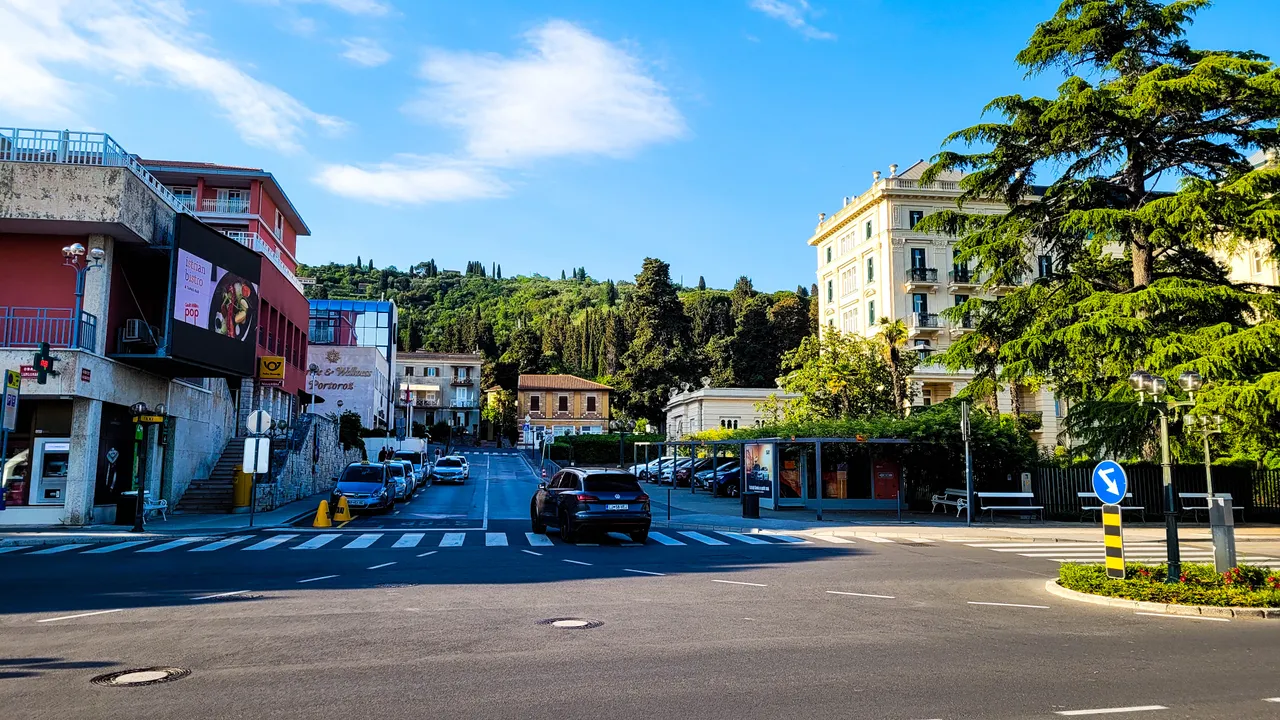

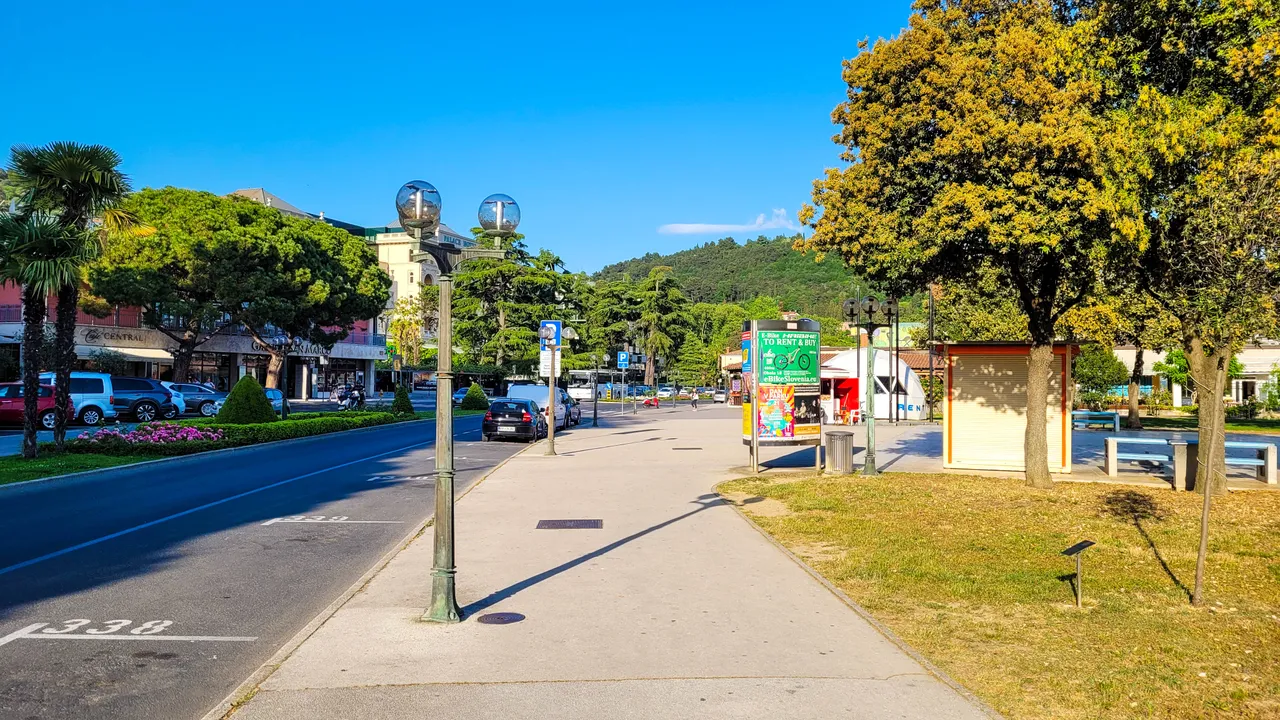
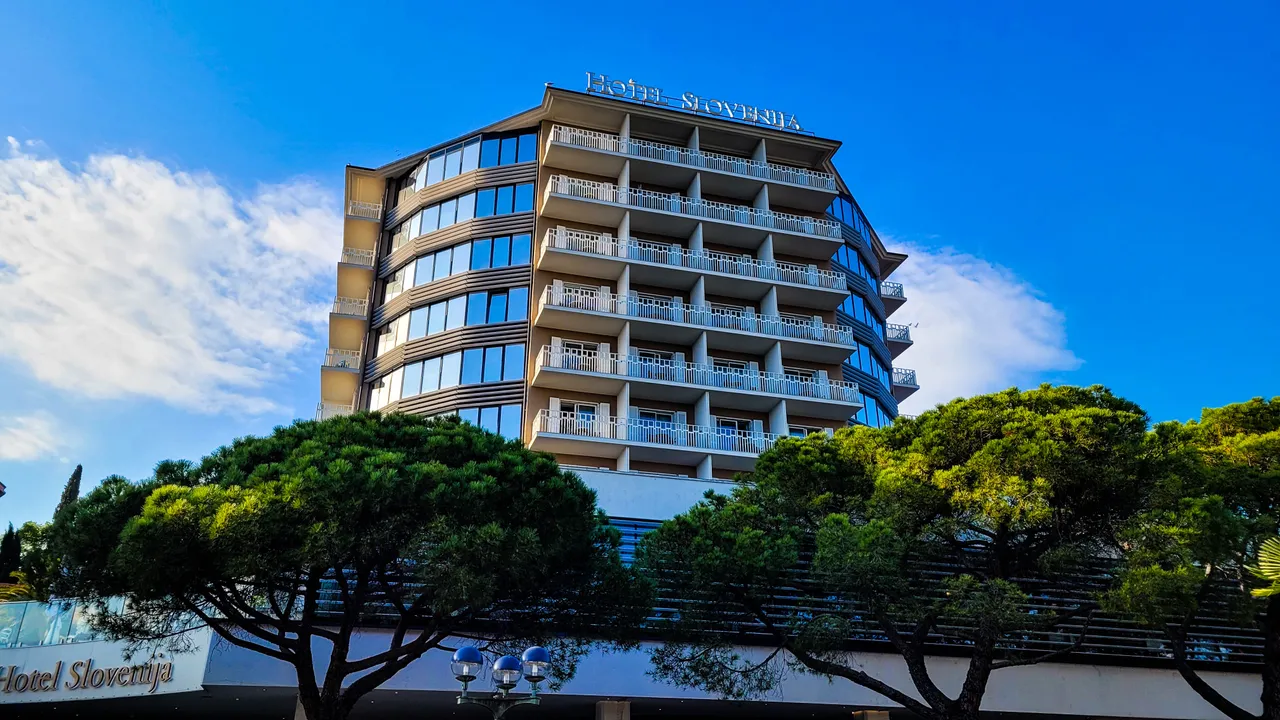
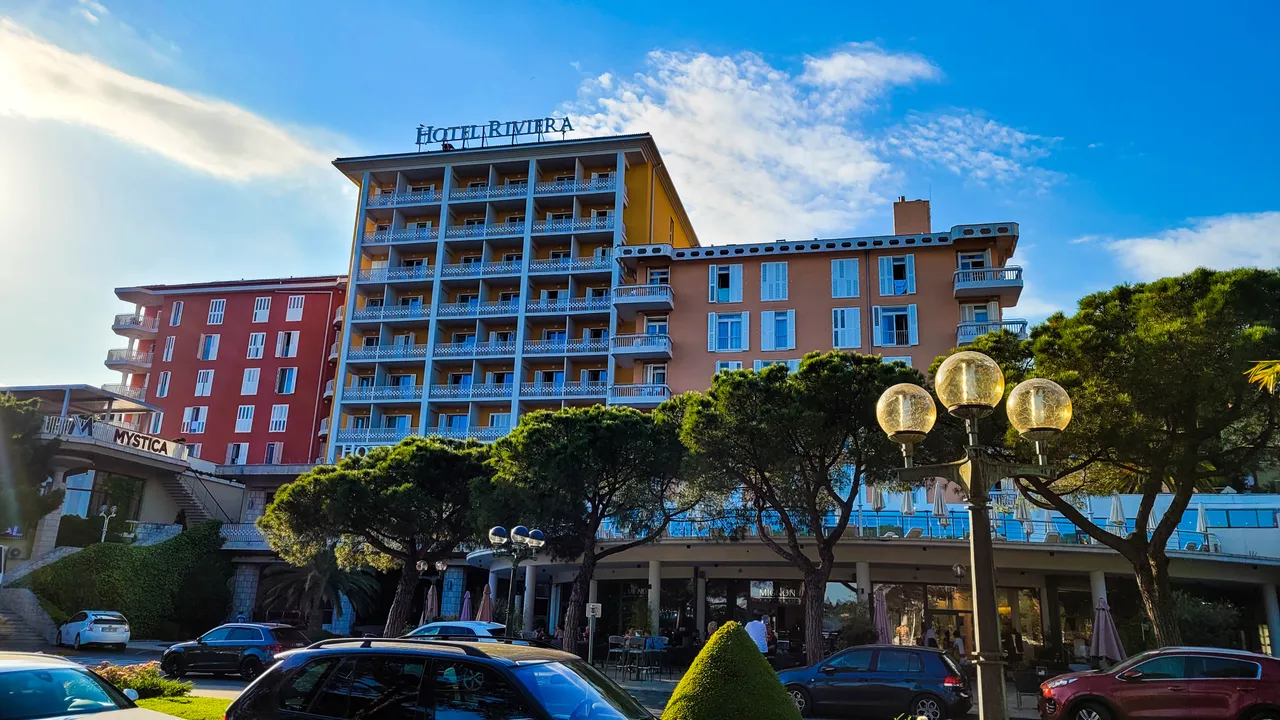
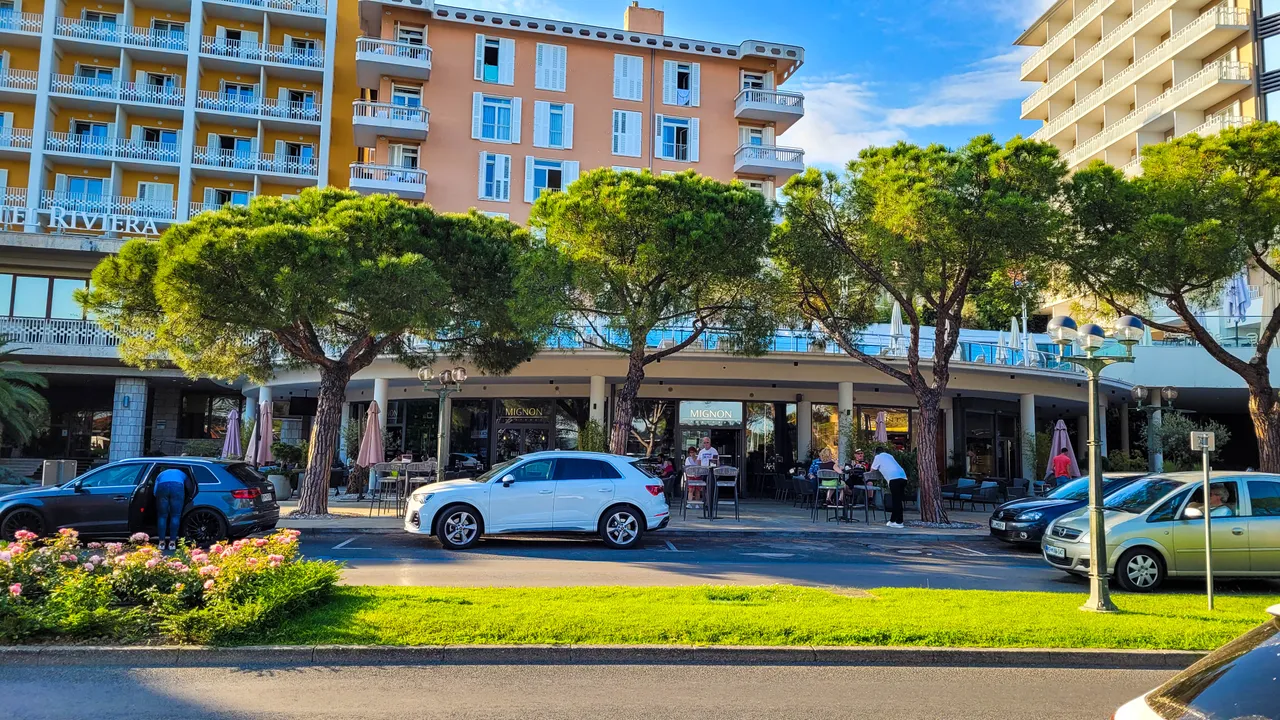
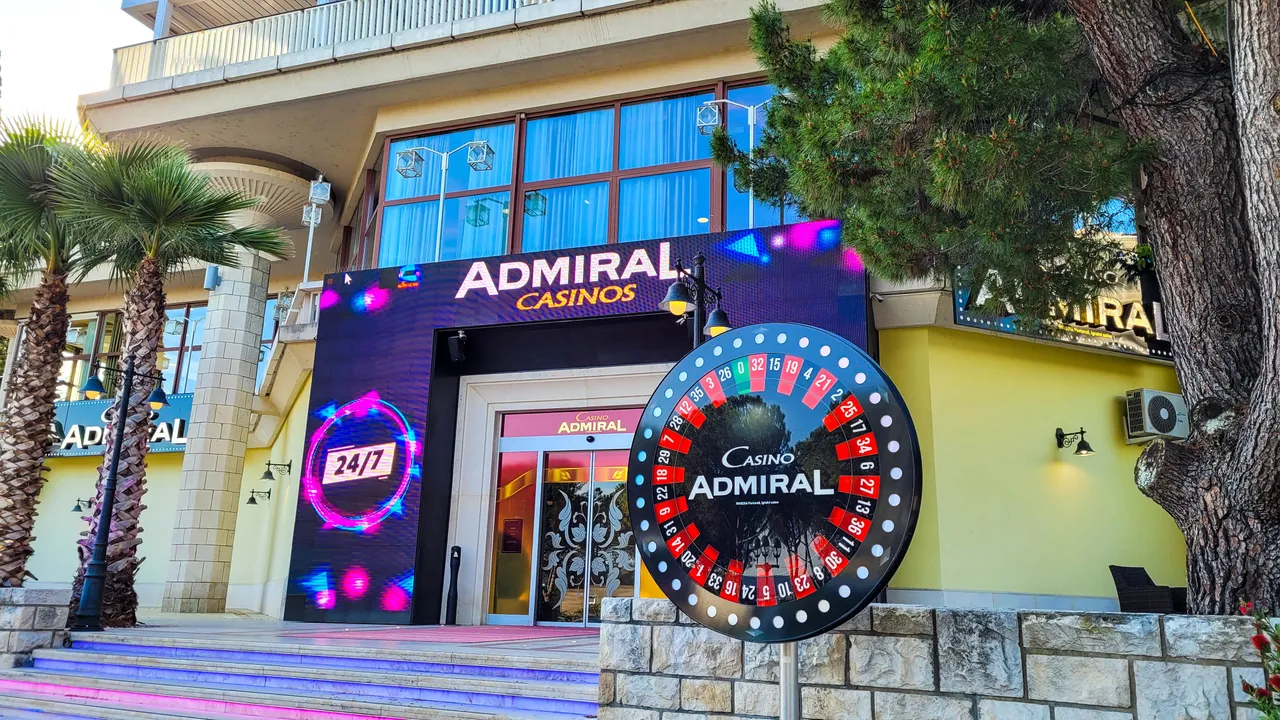
Aviation has also been an important part of the development of the city's popularity, complementing the expanded tourist offer of the last century. Today, it is a valued destination for private aviation tourism.
Less than a kilometre from the city centre is a large and modern marina, which is the gateway to the Mediterranean Sea, not only for Slovenia but for the whole of Central Europe. It is one of the largest marinas in the Adriatic, with more than a thousand berths for ships up to 22 m in length.

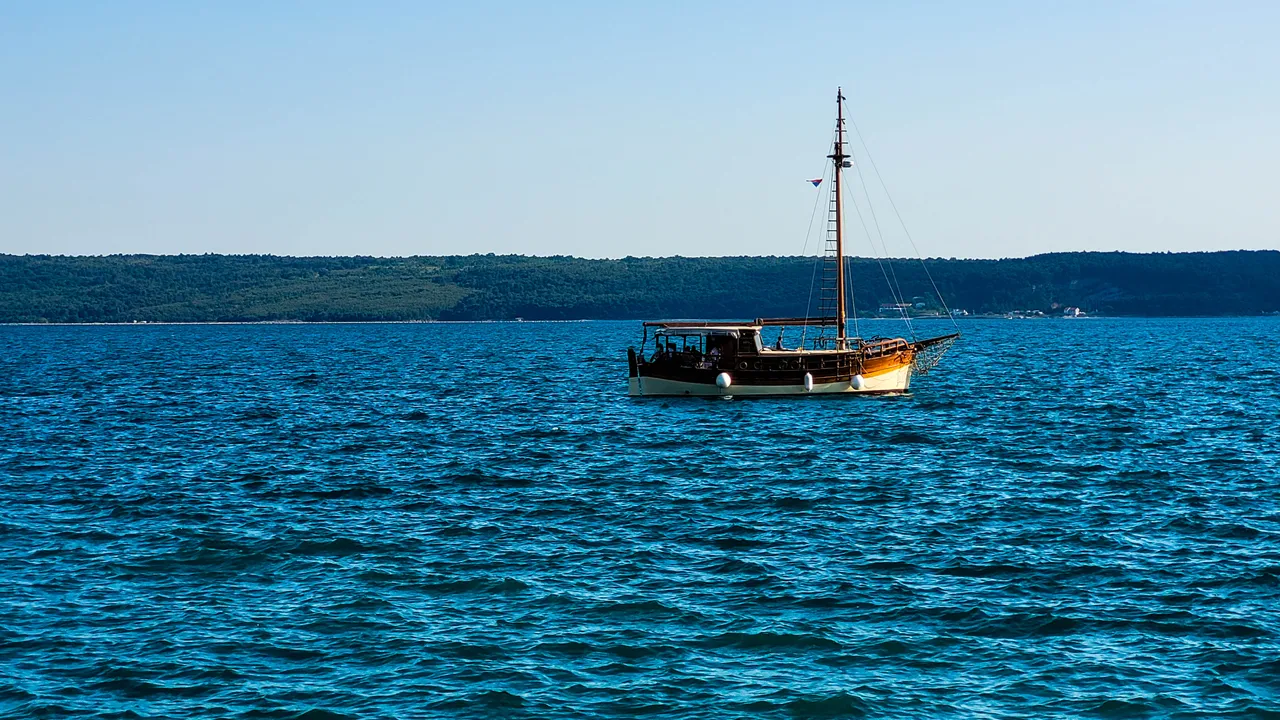
Portoroz has a public beach in the centre, where you can refresh yourself and enjoy various activities that the Adriatic has to offer. Although Portoroz's beach is most visited during the warmer months, you can swim in the sea as early as late spring or as late as early autumn. Relax in the sun, read a book, swim, and enjoy a cold drink at the nearest bar.

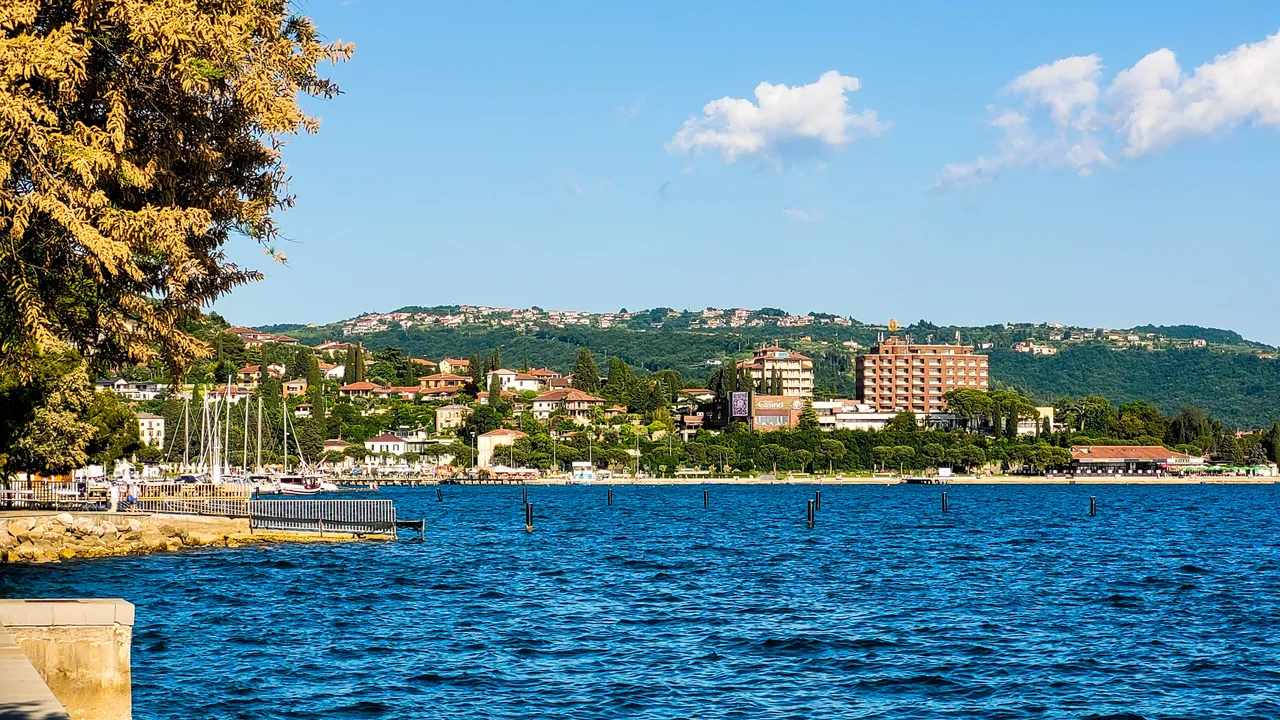
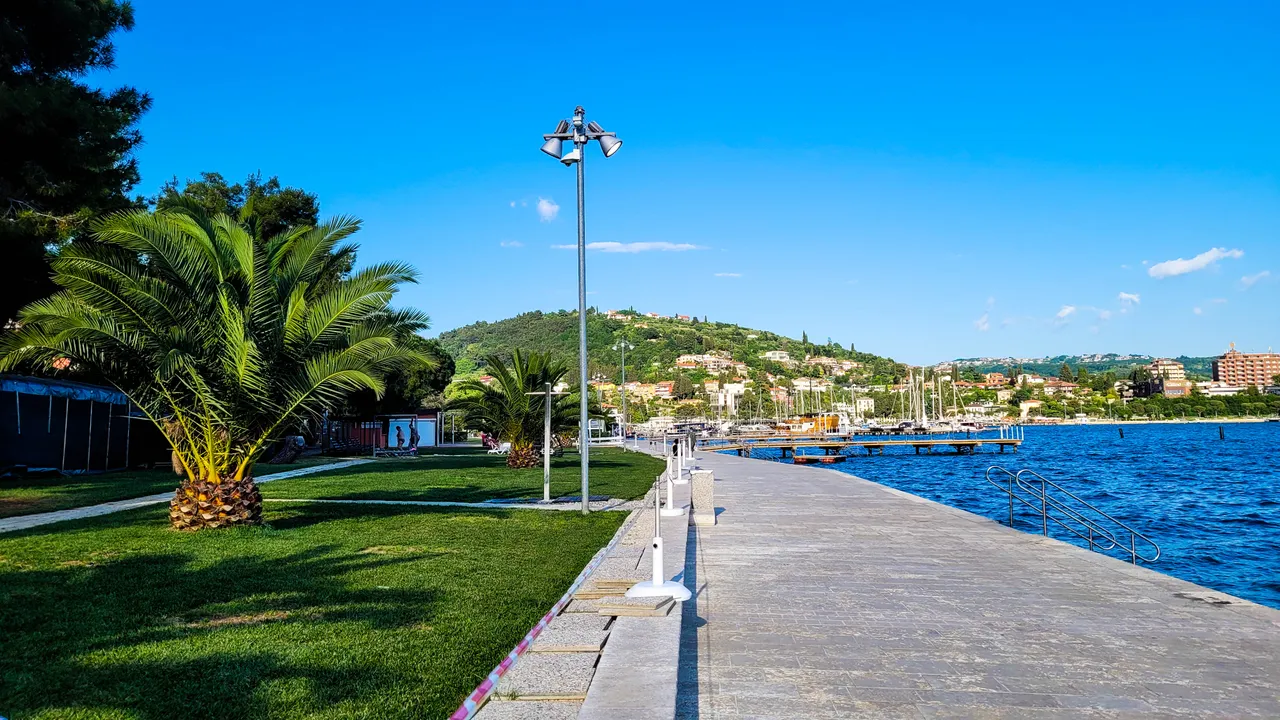
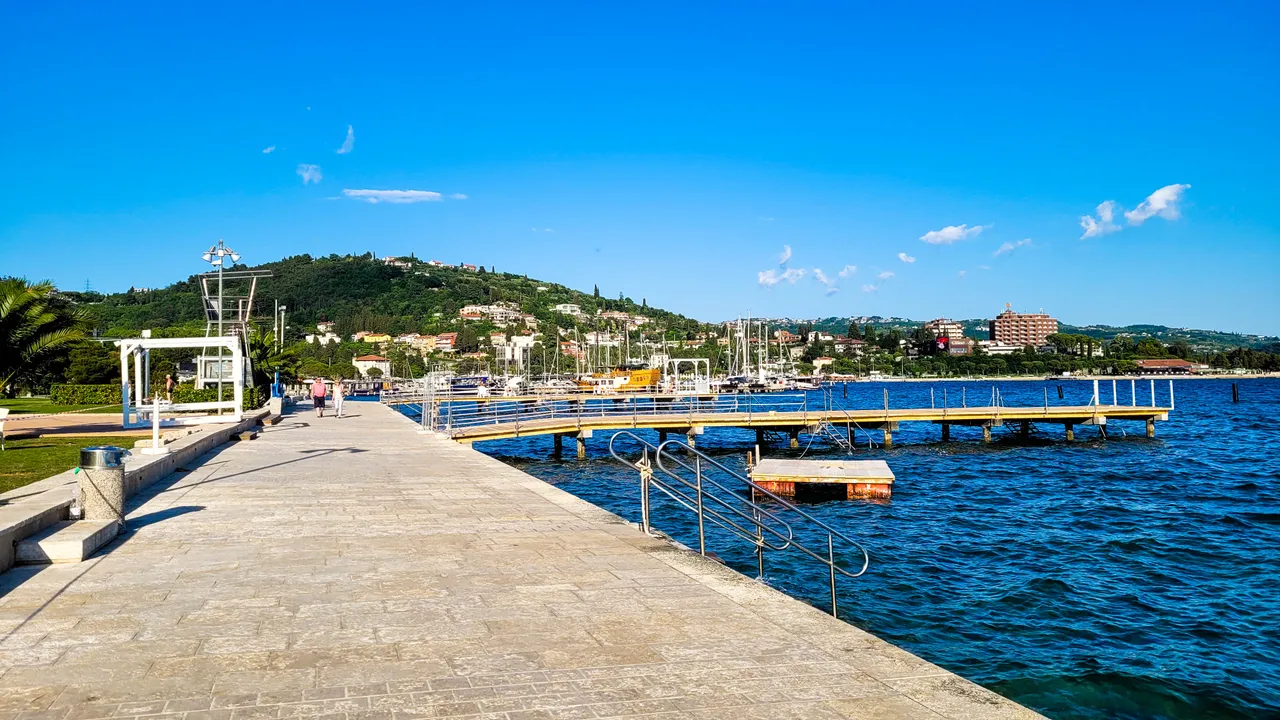
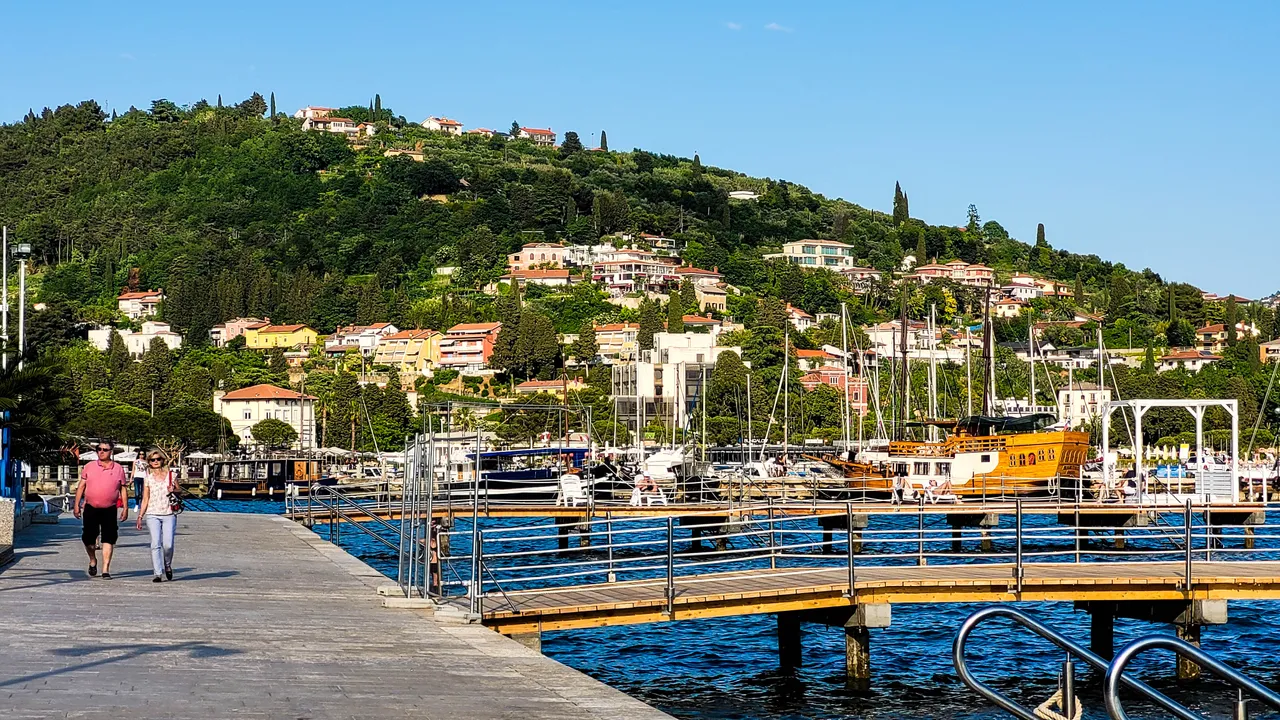
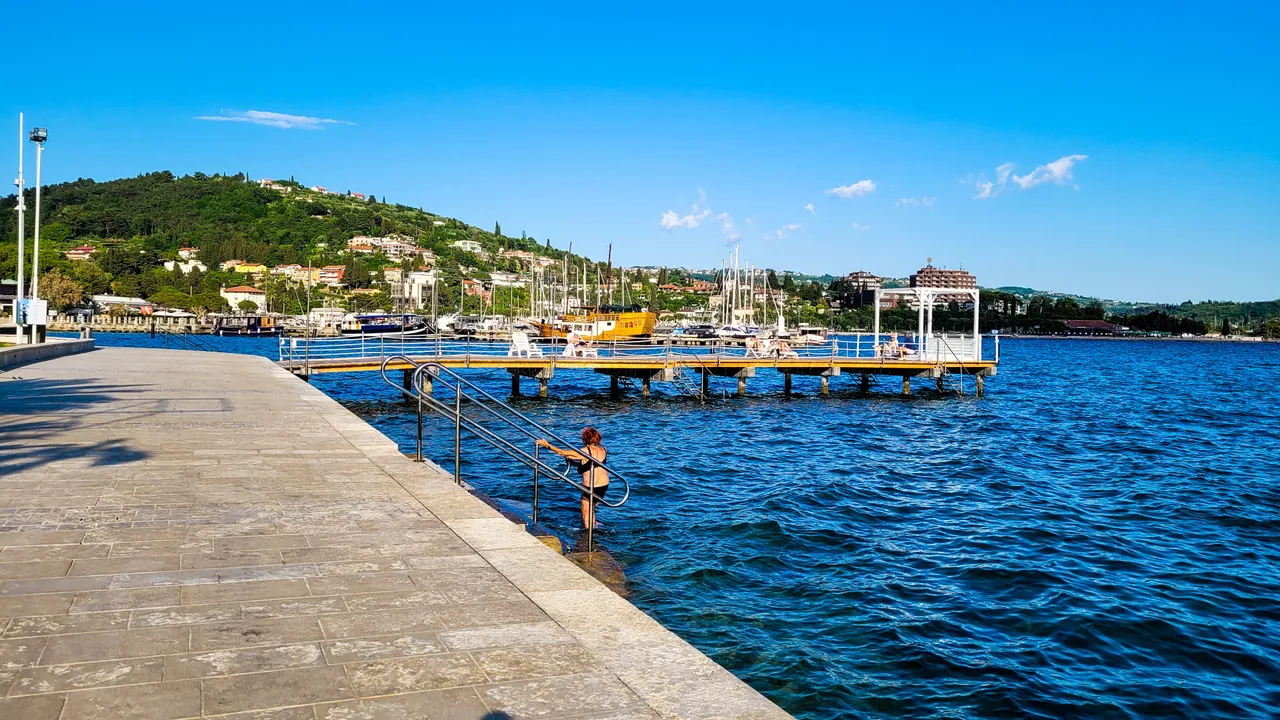
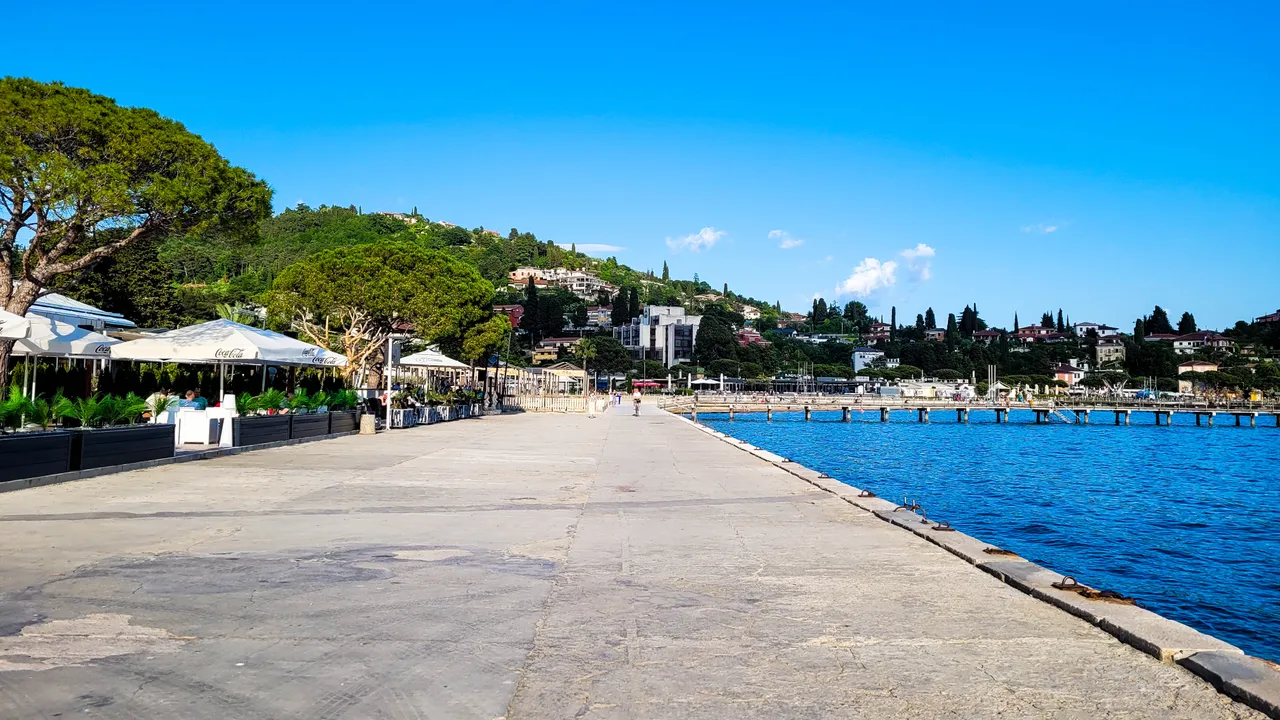
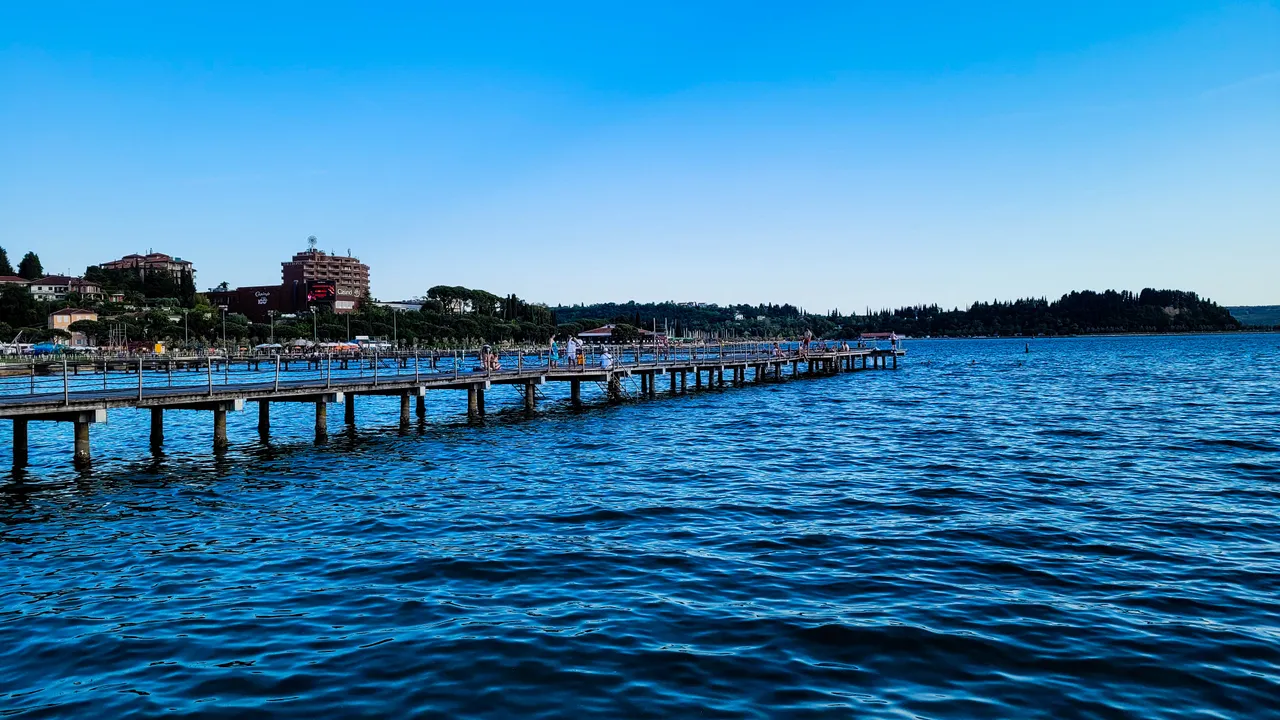

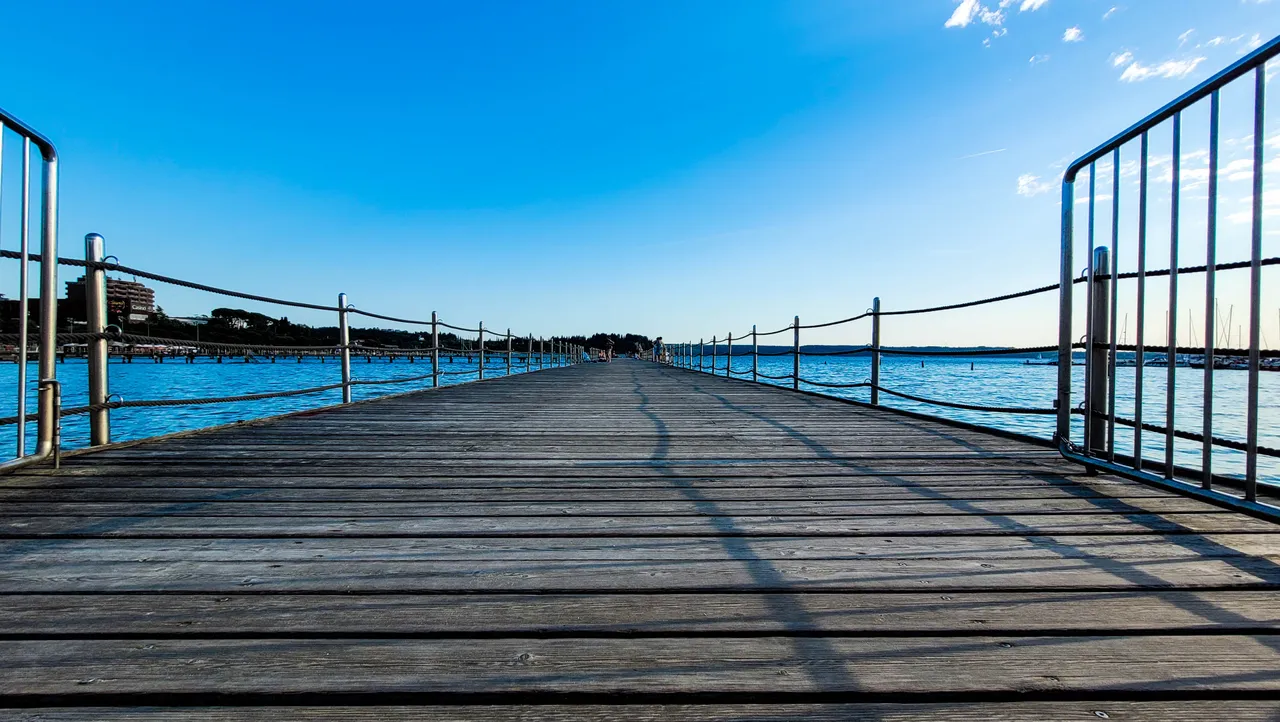
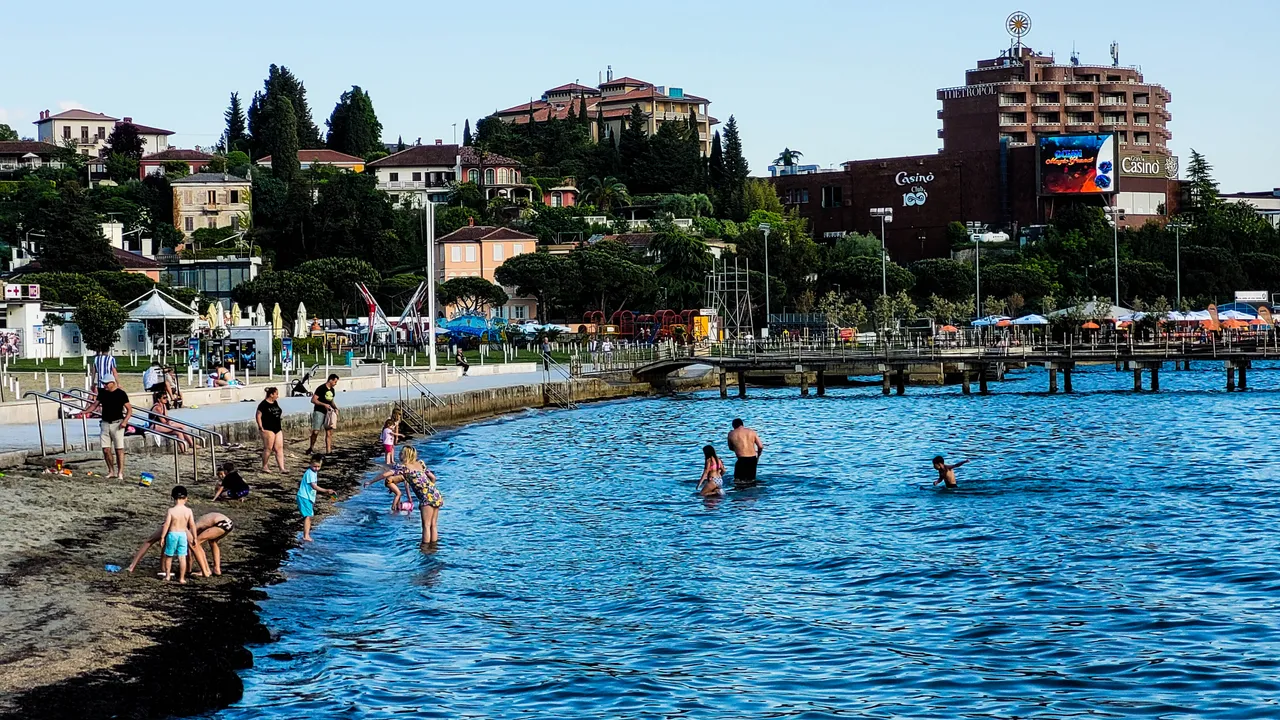
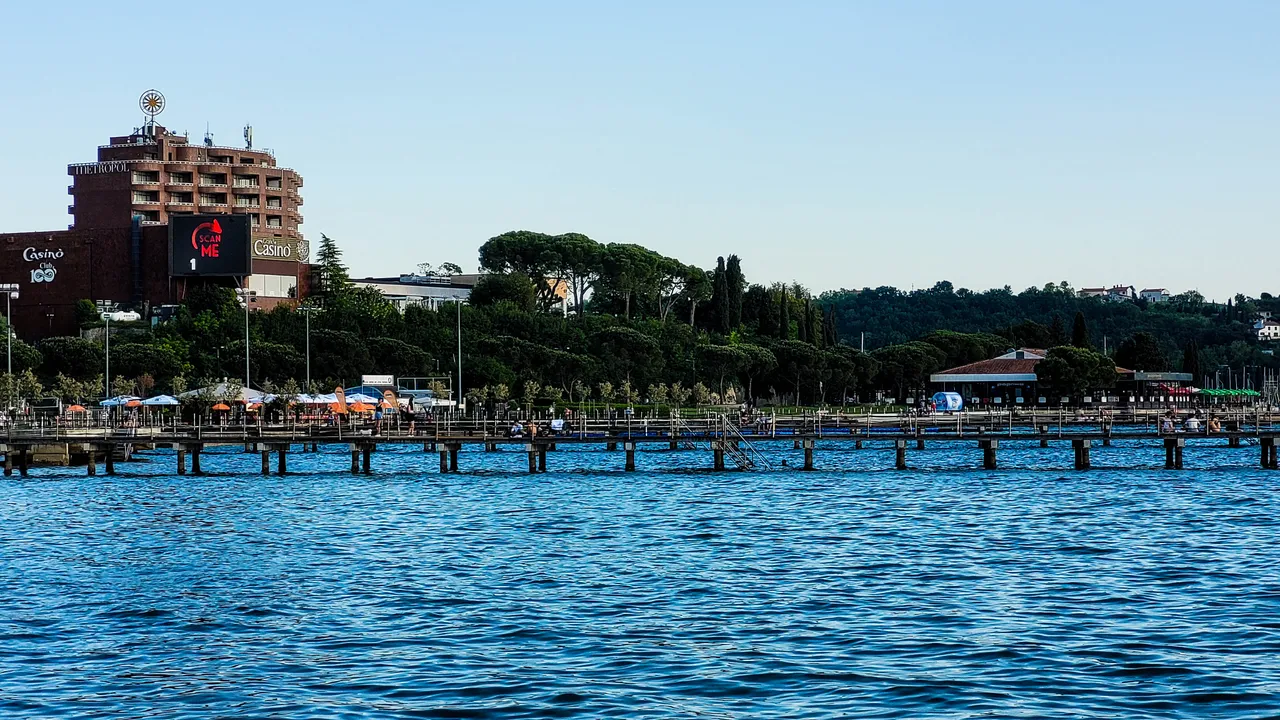
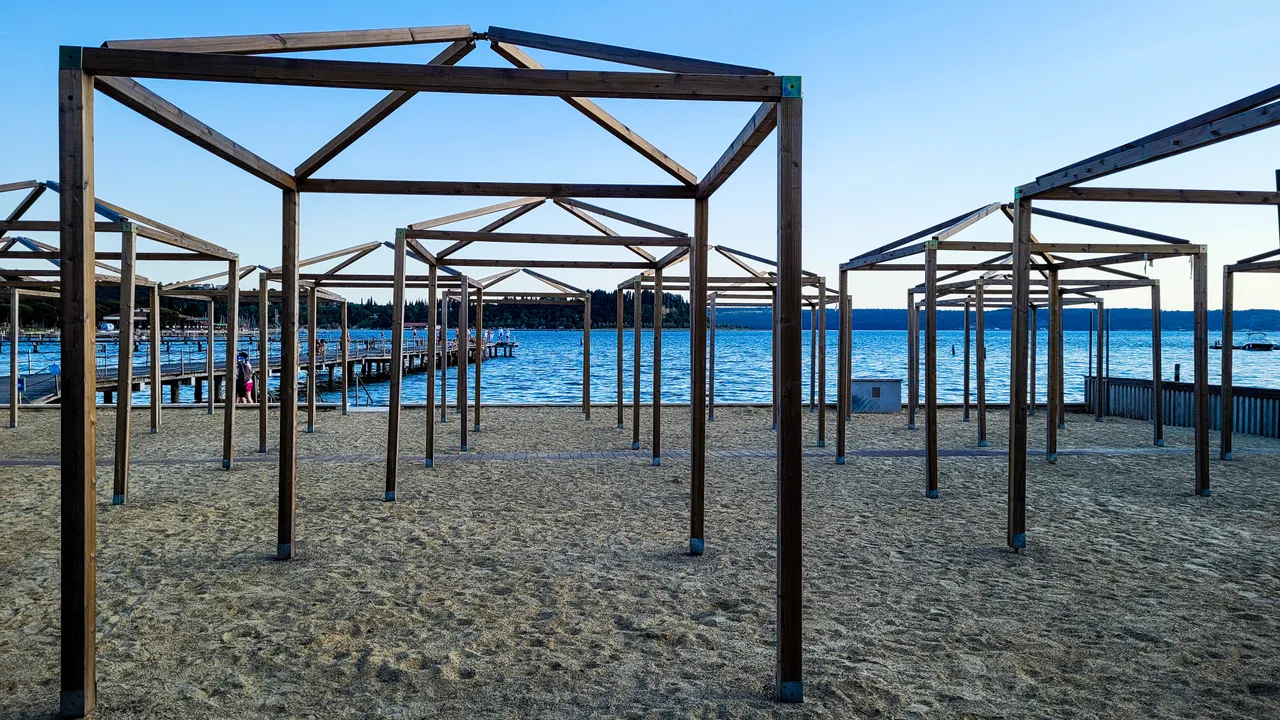
Hotel Kempinski Palace, the iconic Portoroz hotel has been in the spotlight since its opening in 1910, during the decline of the Austro-Hungarian Empire. The hotel combines Viennese elegance, contemporary design and, of course, the famous Kempinski sense of style and service to make it easily one of the most magnificent accommodation options in the whole of Slovenia. If price is no object, book the Laguna Suite, which includes a rooftop terrace with a private Jacuzzi and breath-taking views of the Adriatic Sea.

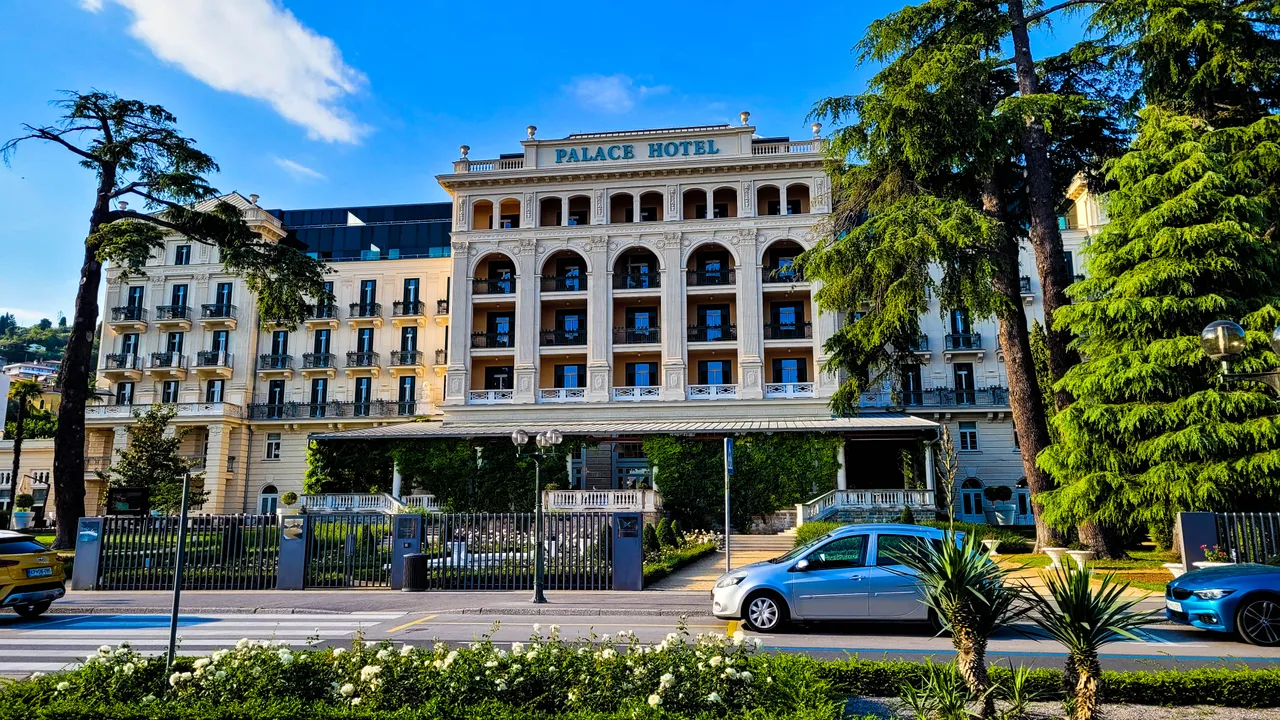
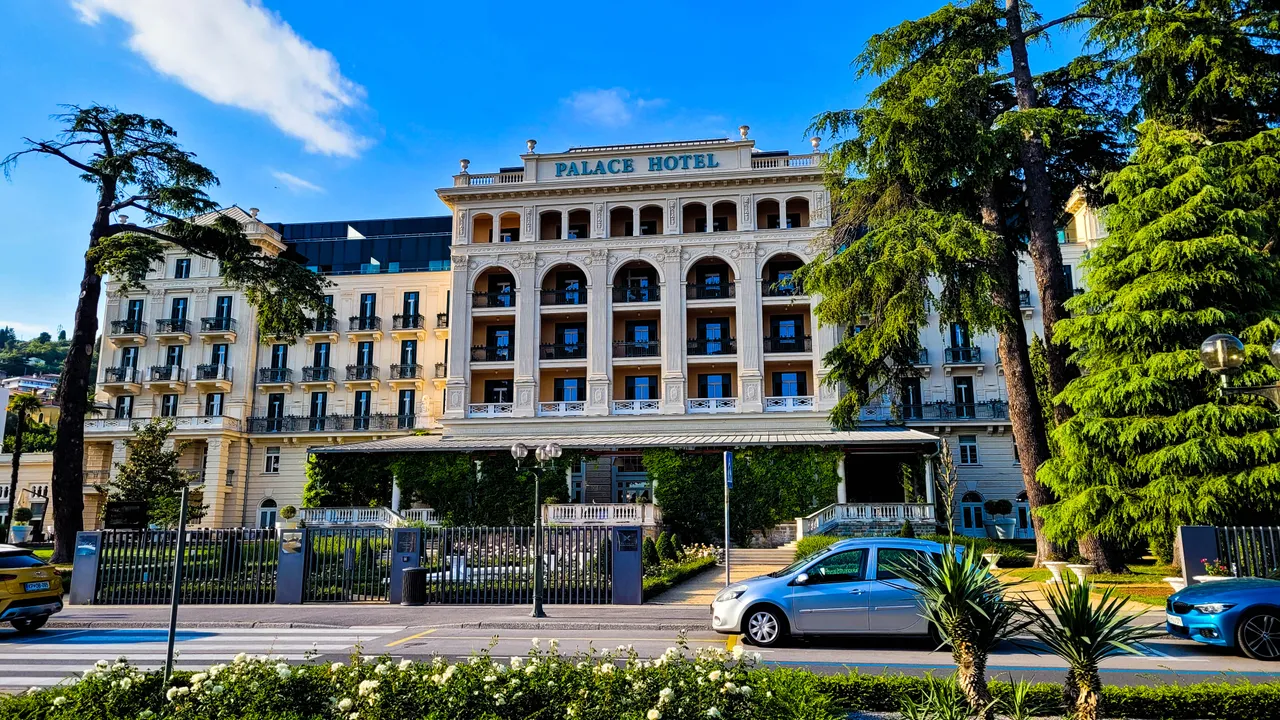
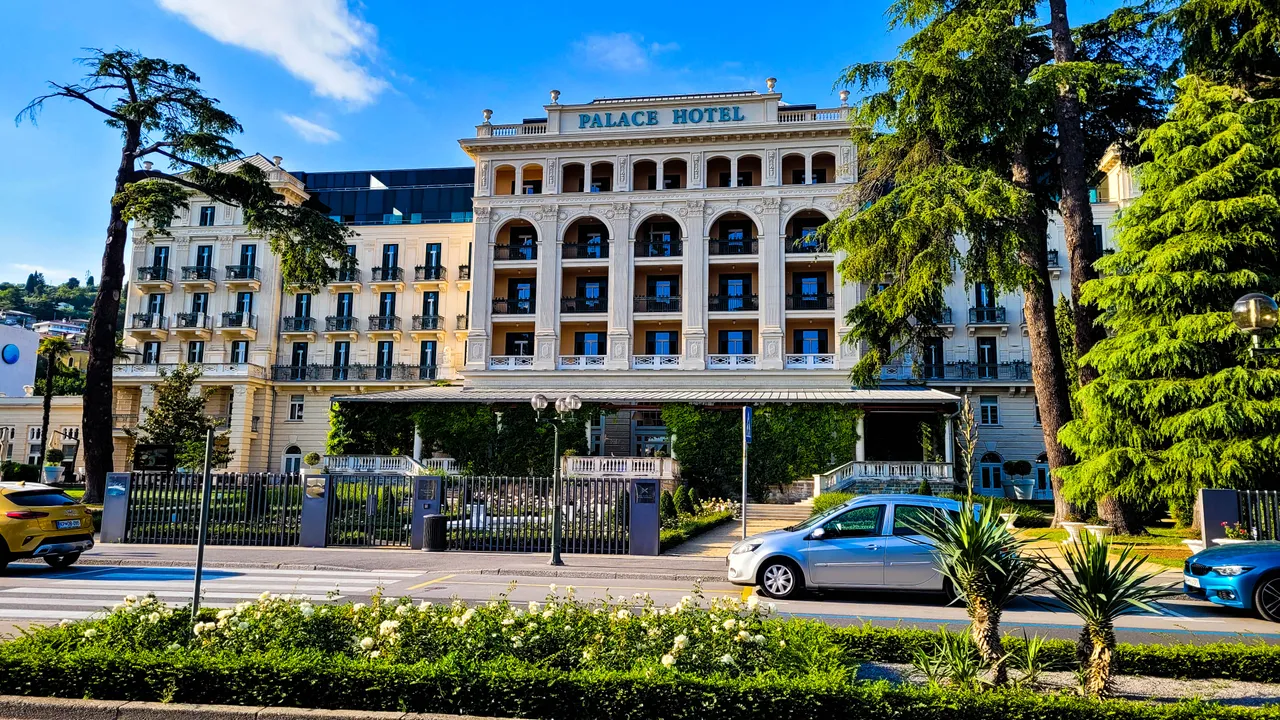
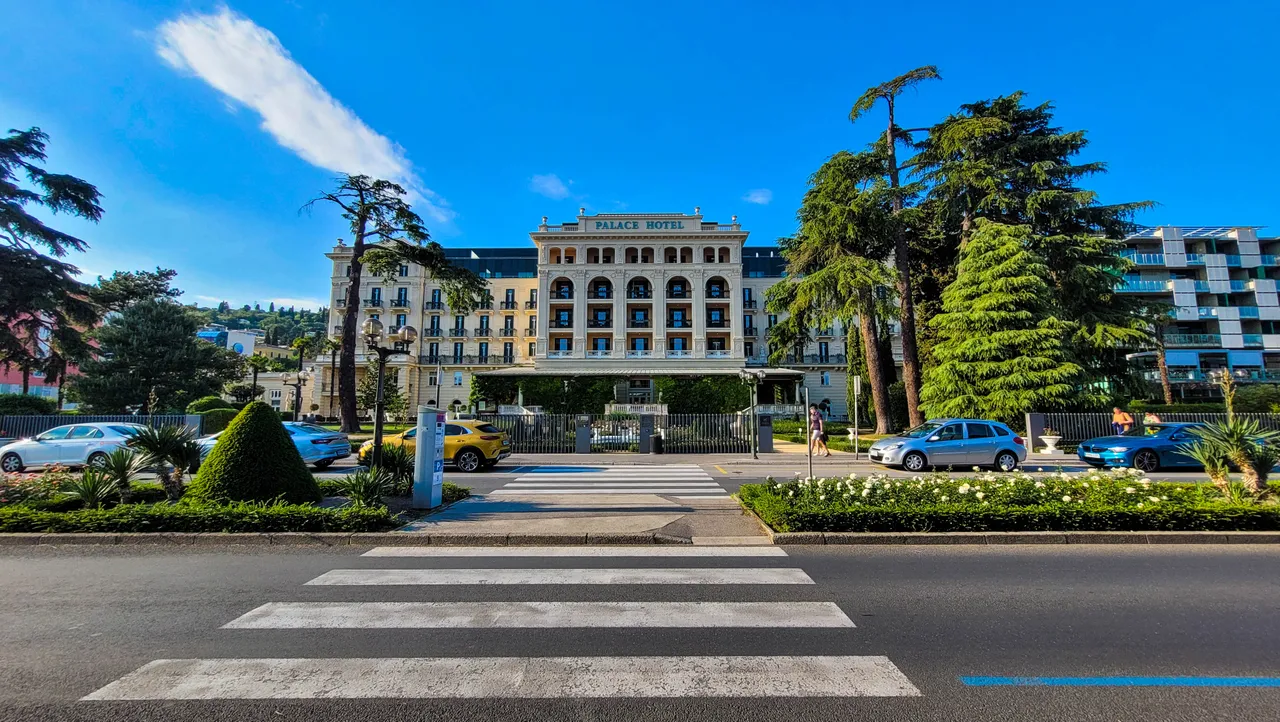
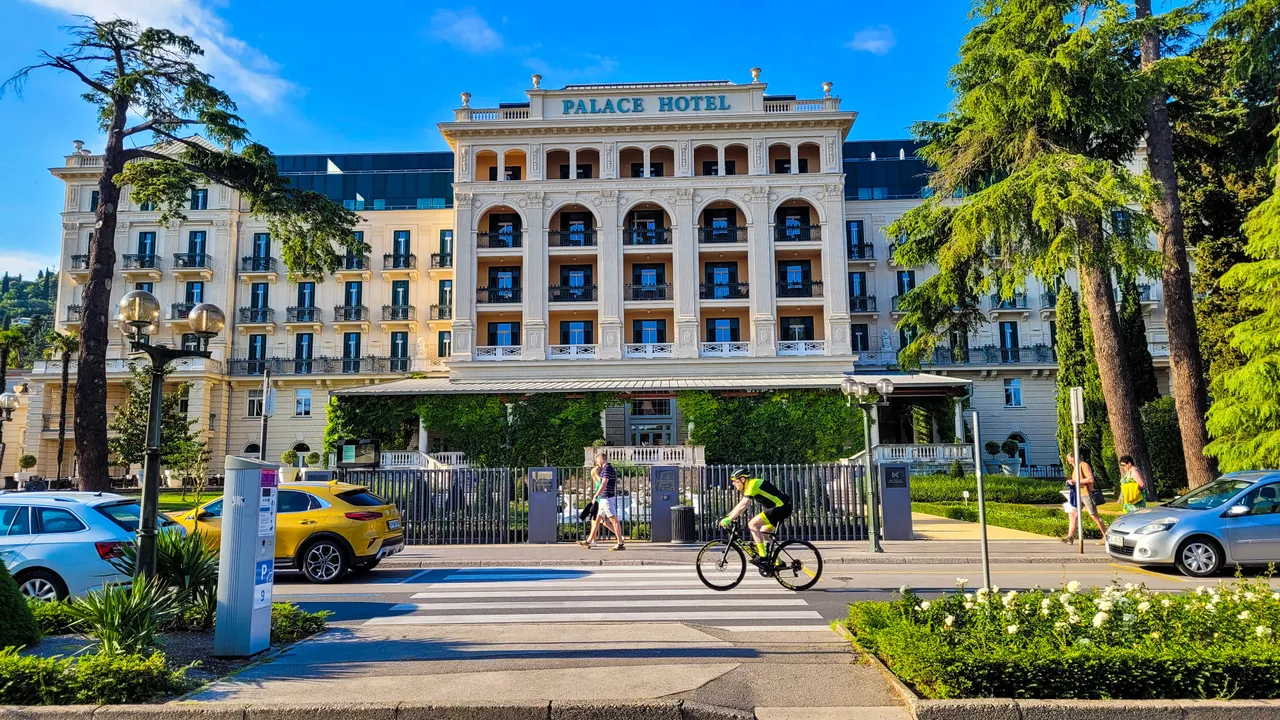

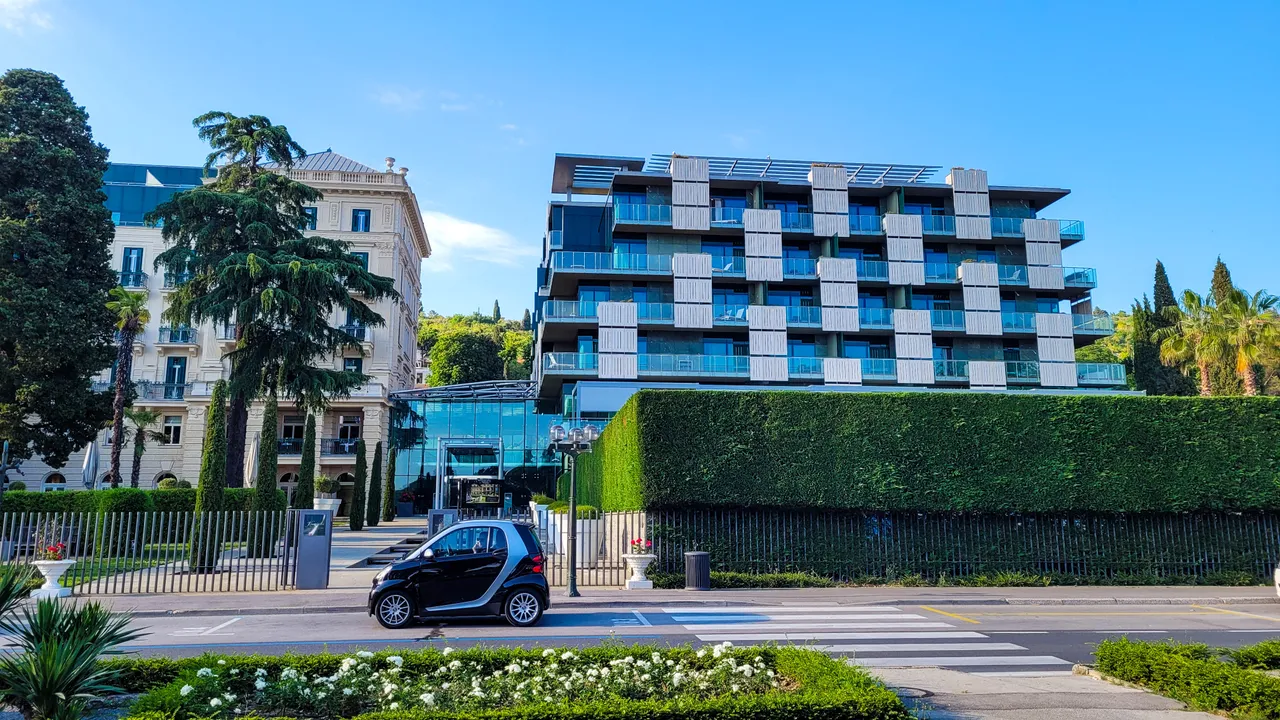
These salt warehouses stored salt from the nearby Secovlje salt pans. The two salt warehouses date back to the first half of the 19th century. The Grando was built between 1824 and 1826. A second, slightly smaller warehouse, the Monfort, was built next to the Grando just over ten years later (between 1838 and 1840). The walls are 2.8 metres thick at the ground and 1.5 metres thick at the top and are angled (slightly inwards) on the outside. This static design was necessary as they had to withstand the strong lateral pressure of the 'live' salt cargo. This is where the salt workers bring their annual harvest from their own house stores into the salt pans after the end of the salt season. They could store up to 20,000 tons of salt at a time in the Grand. The two warehouses employed 70 workers each, sometimes working three shifts. Today, Monfort serves as an exhibition place.
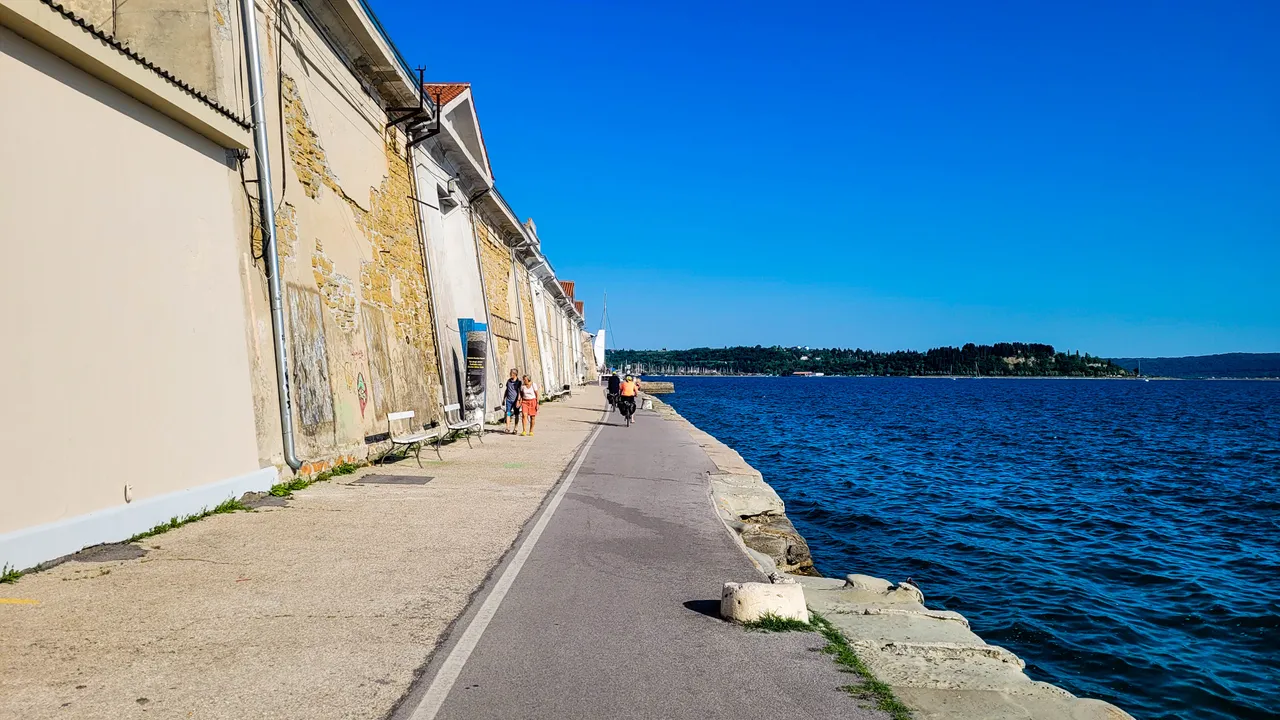
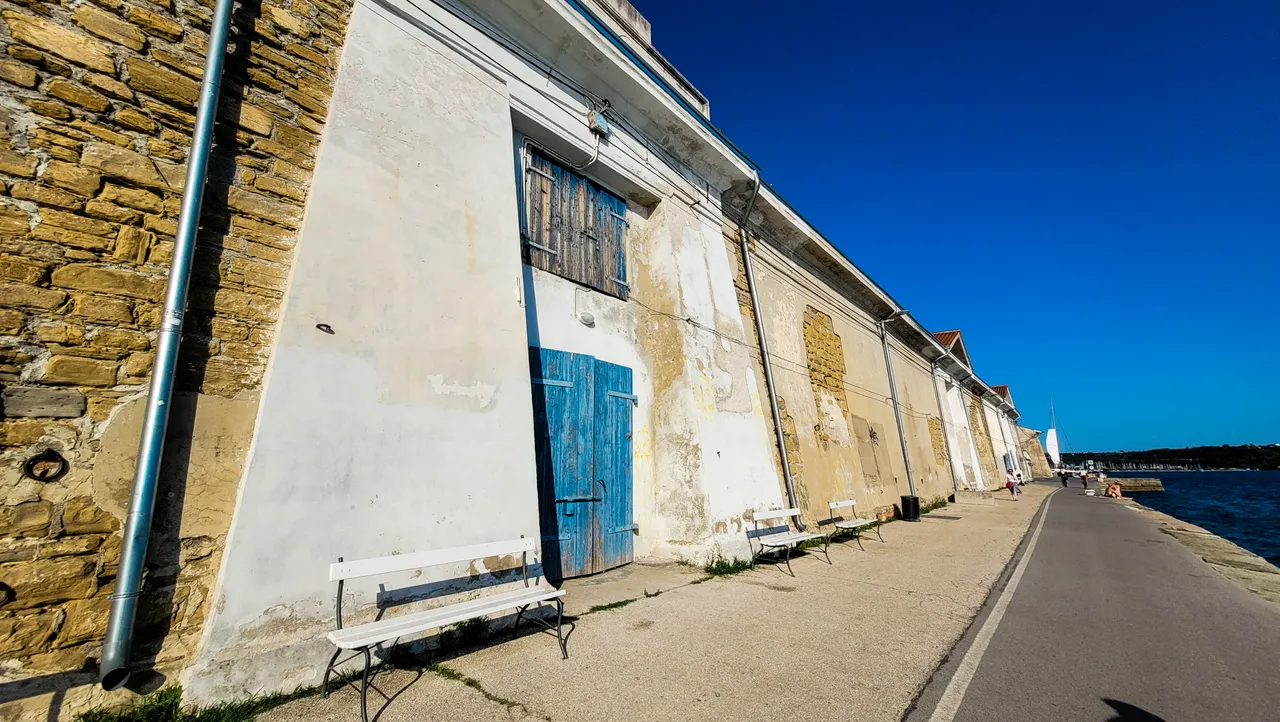
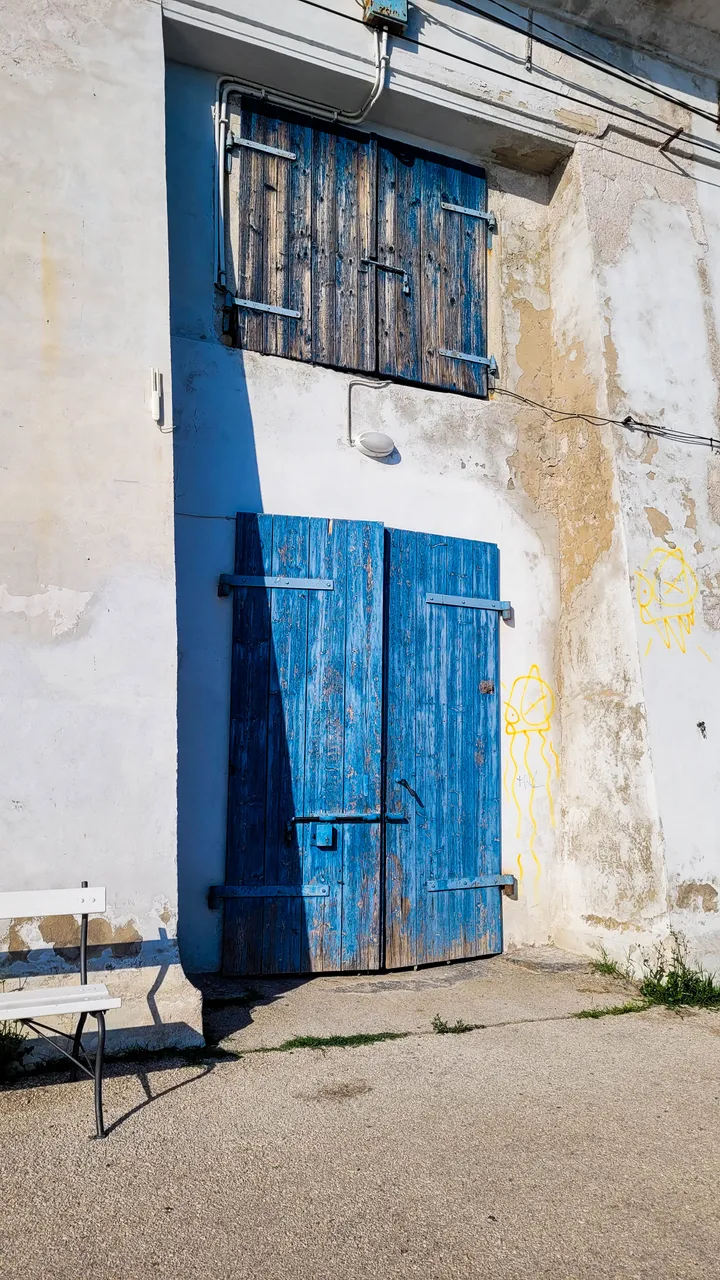
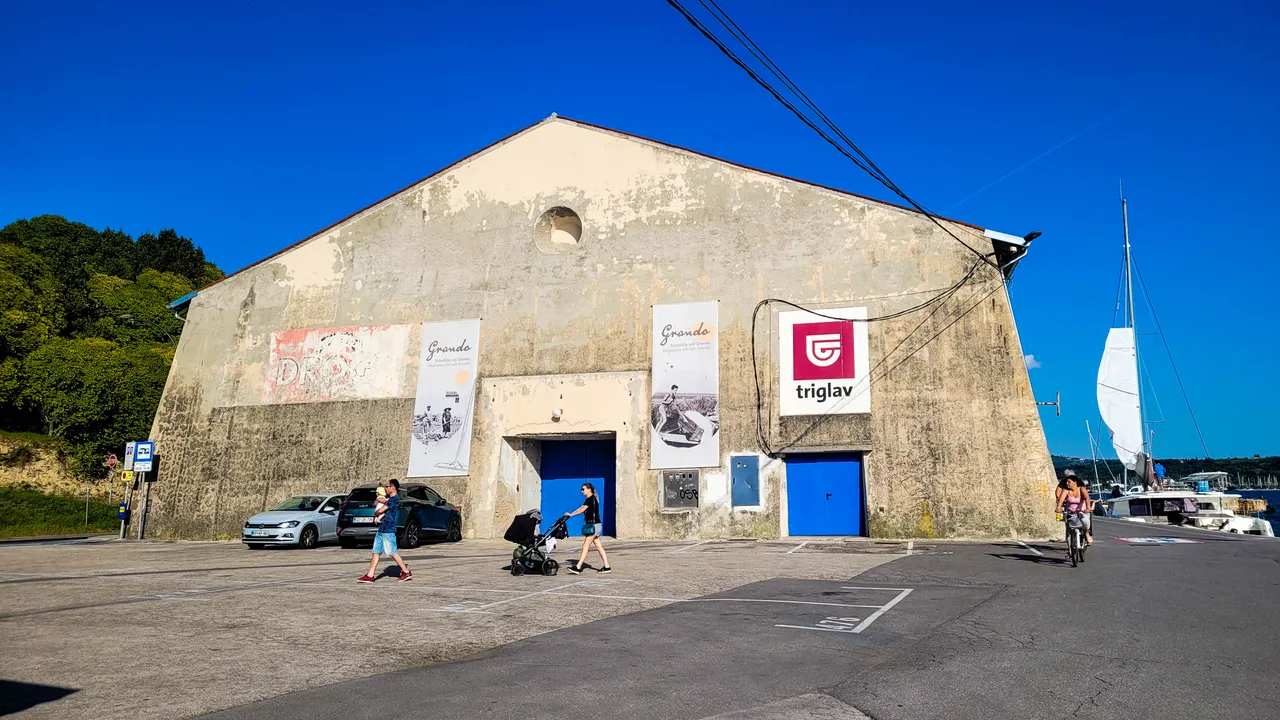
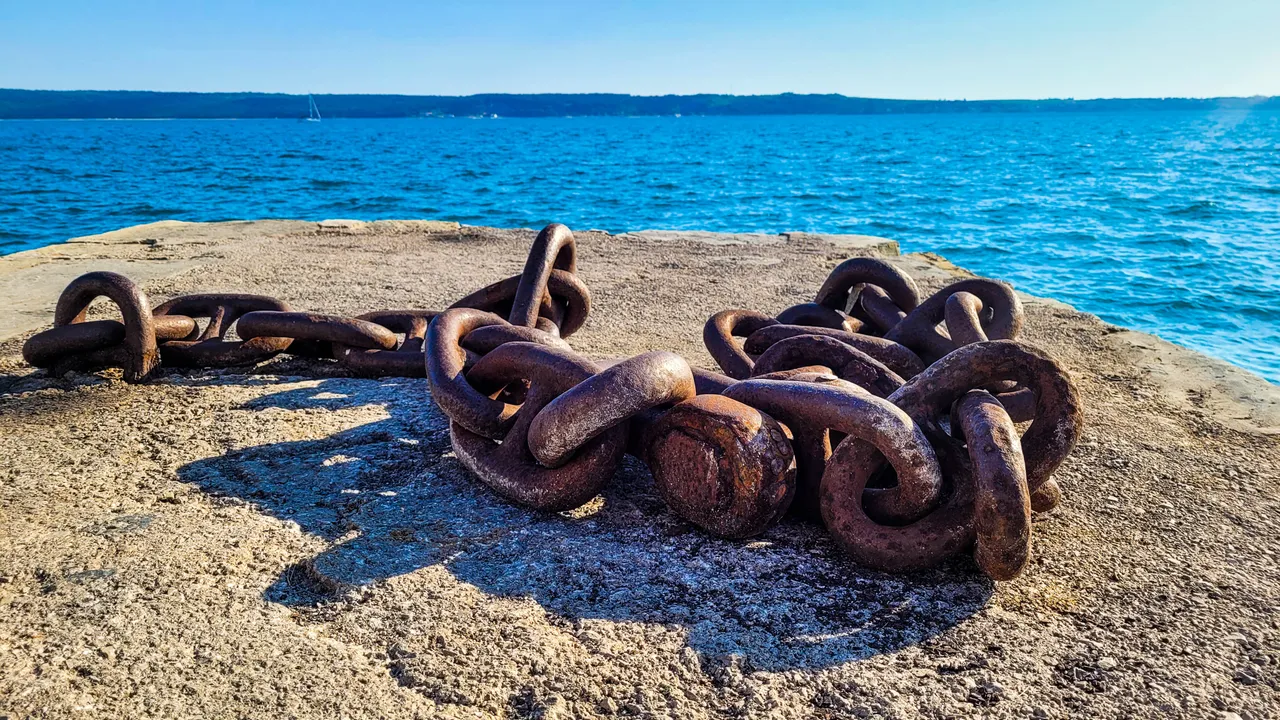
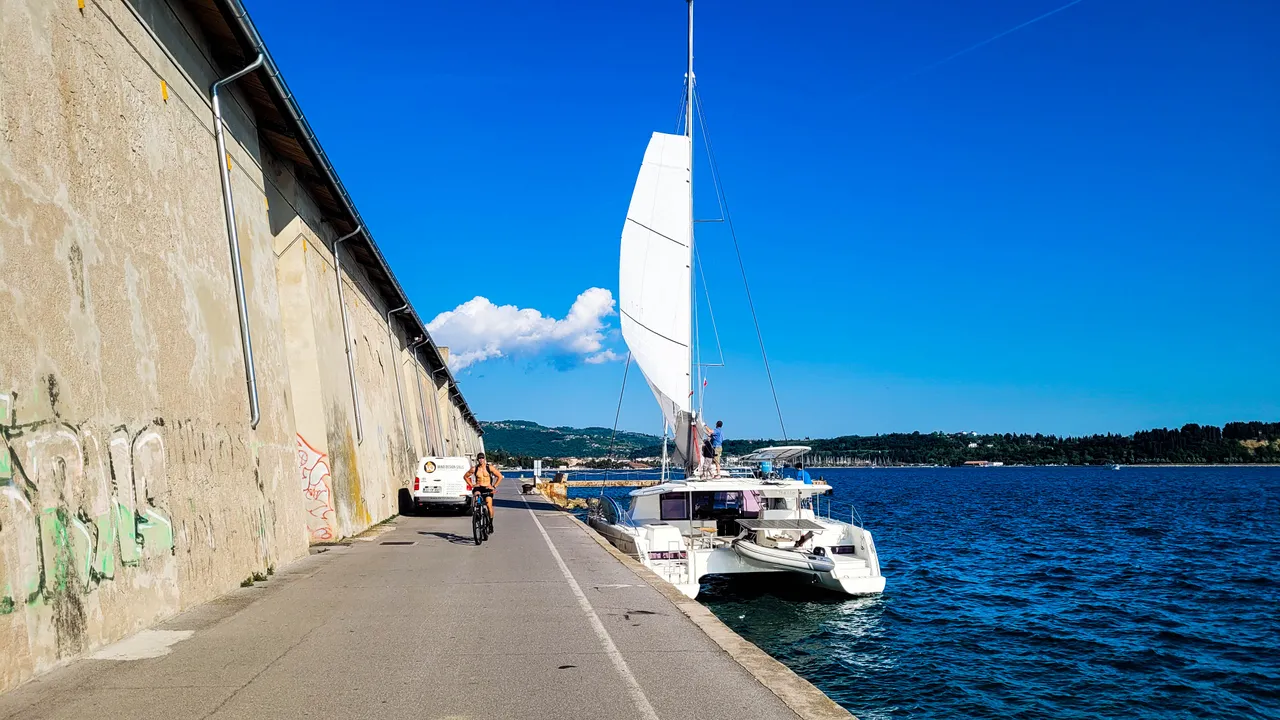
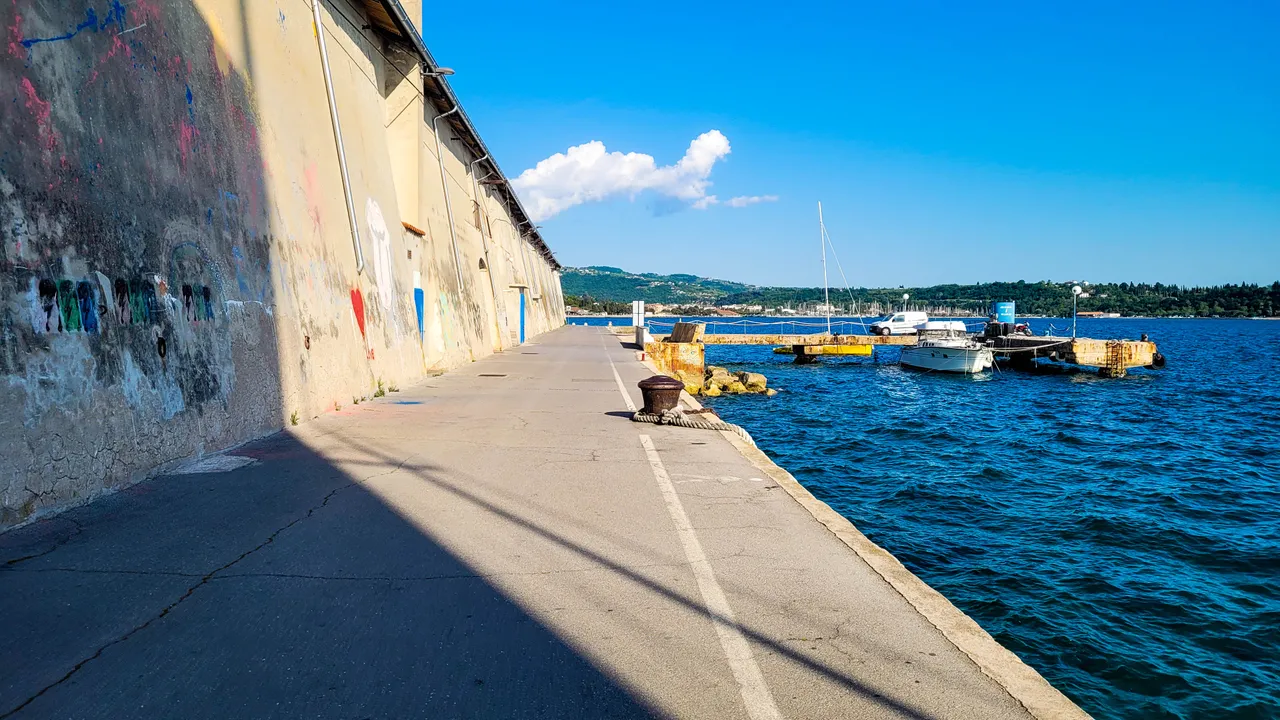
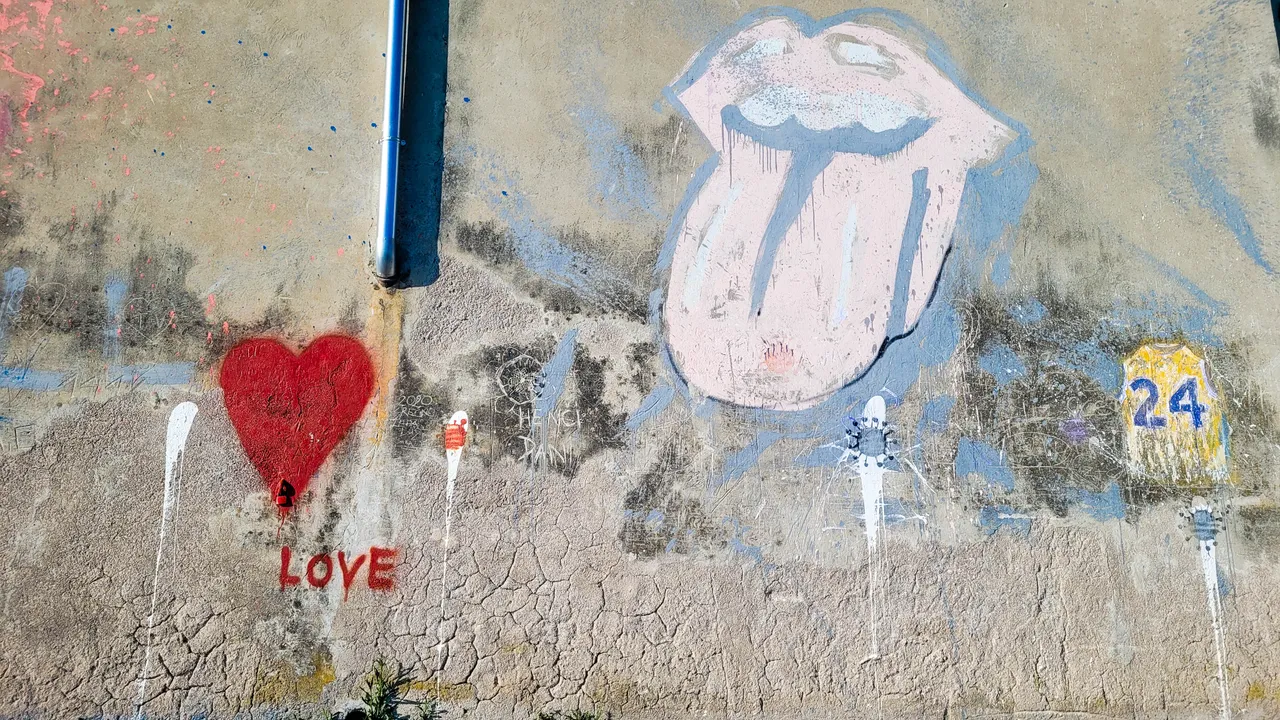
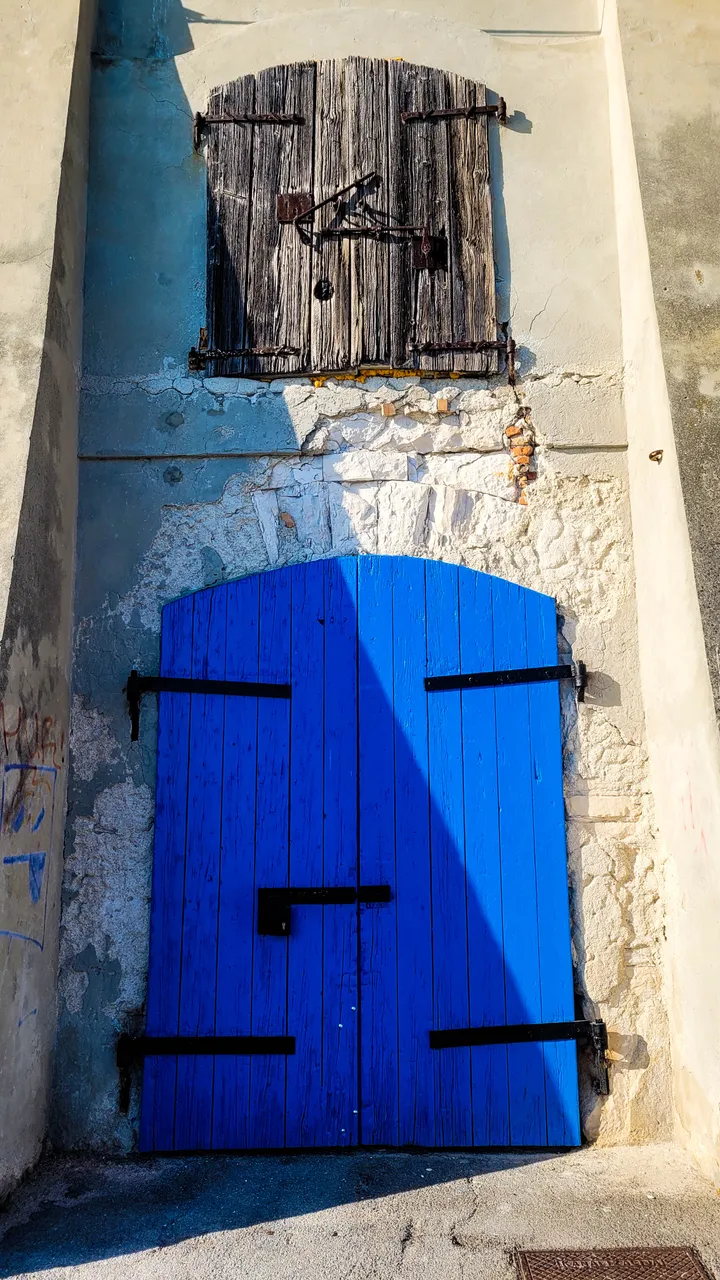
Today, the Secovlje salt pans have no major economic role - their primary purpose is nature conservation, ethnological, cultural, and touristic. Salt is still produced there and is also highly valued. I will write more about the salt pans in one of my next posts.

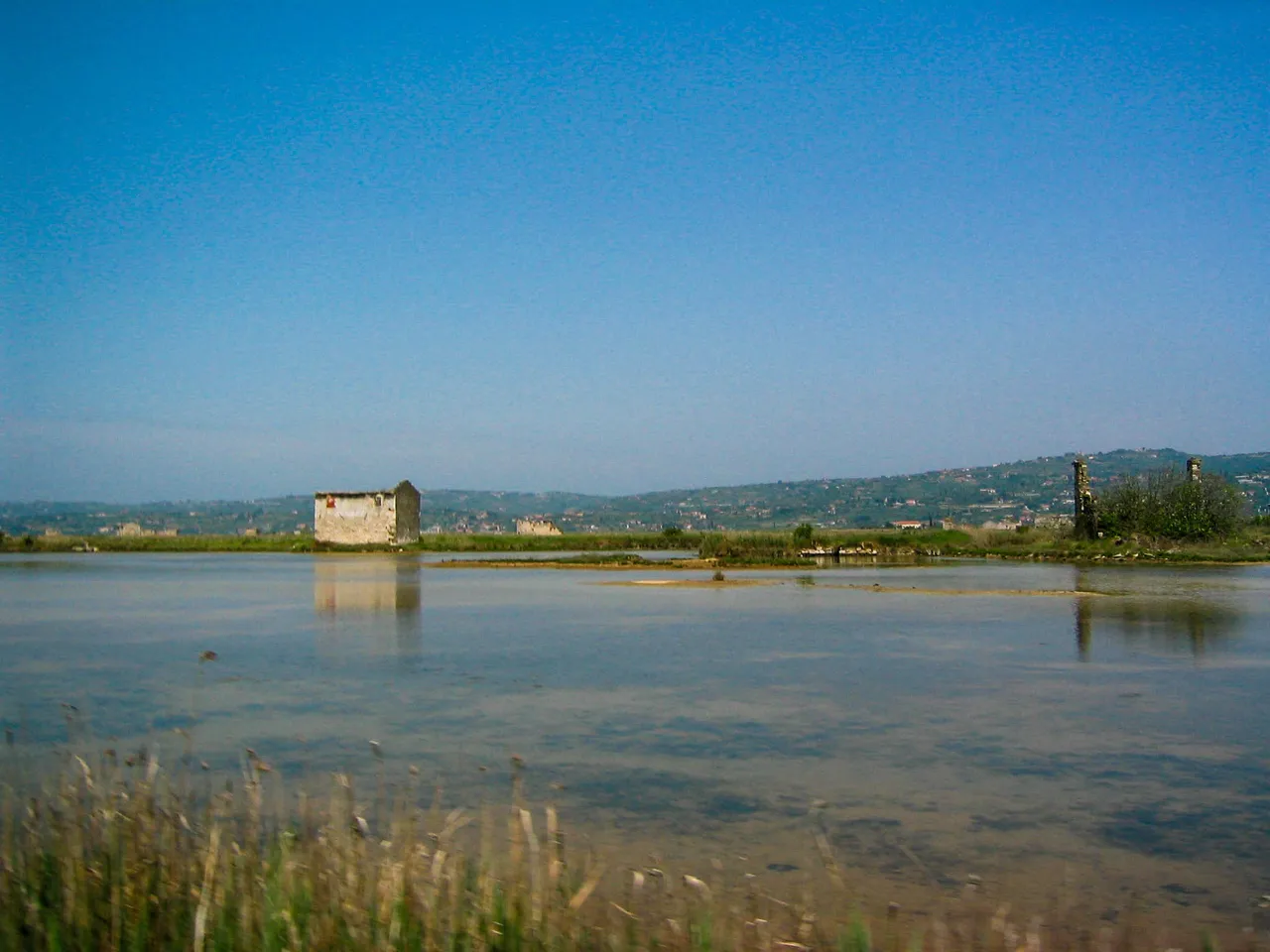


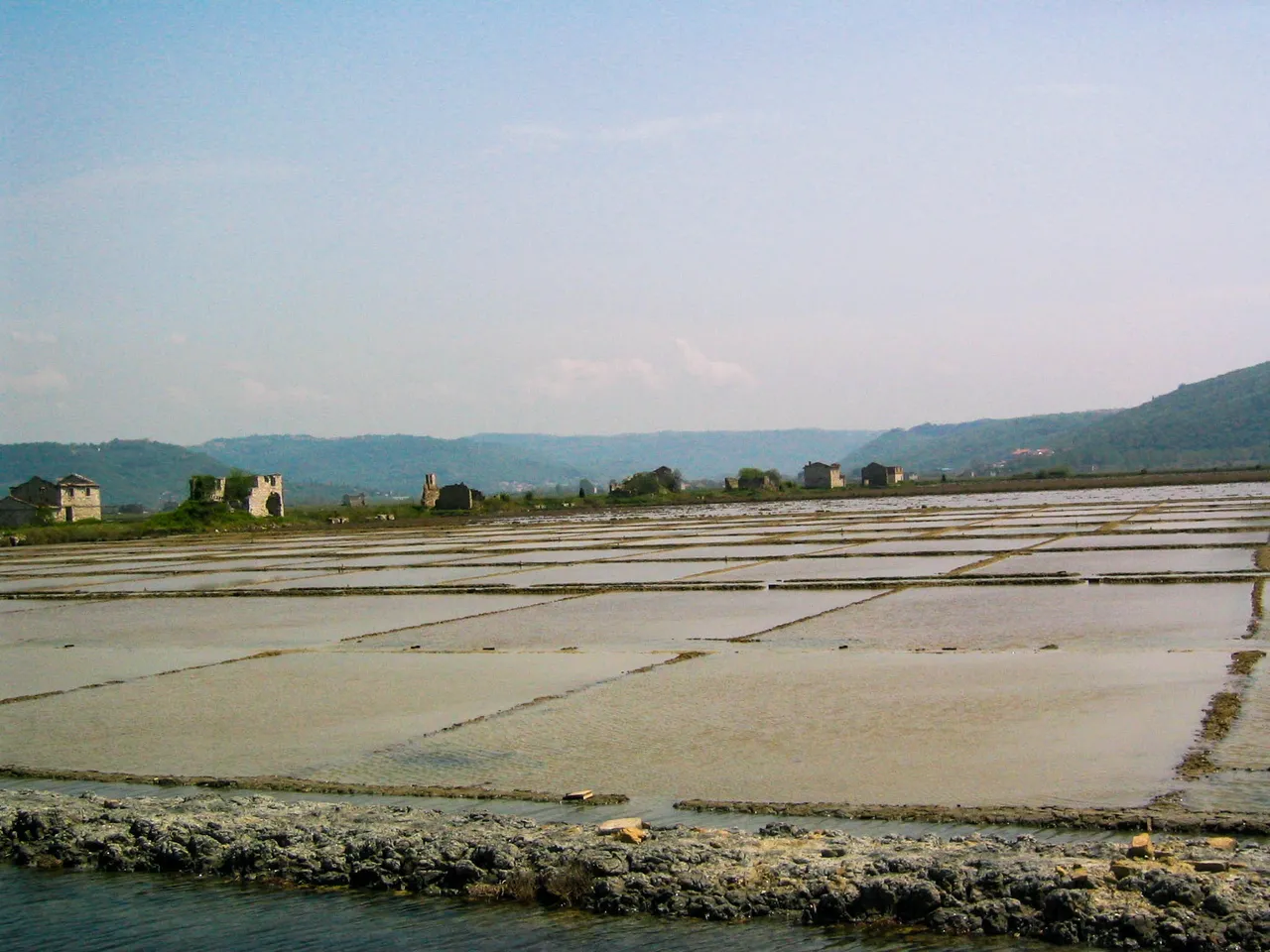
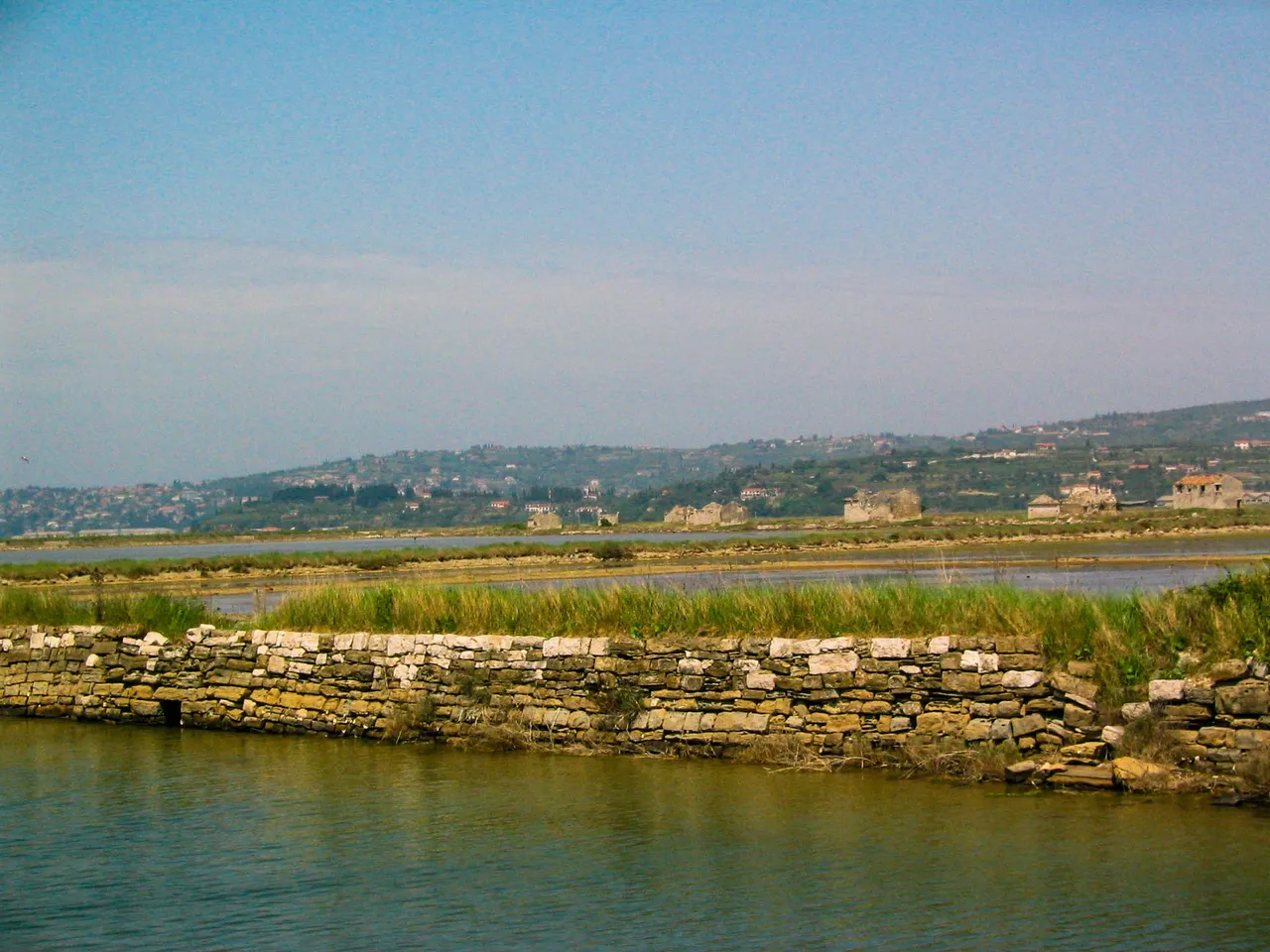
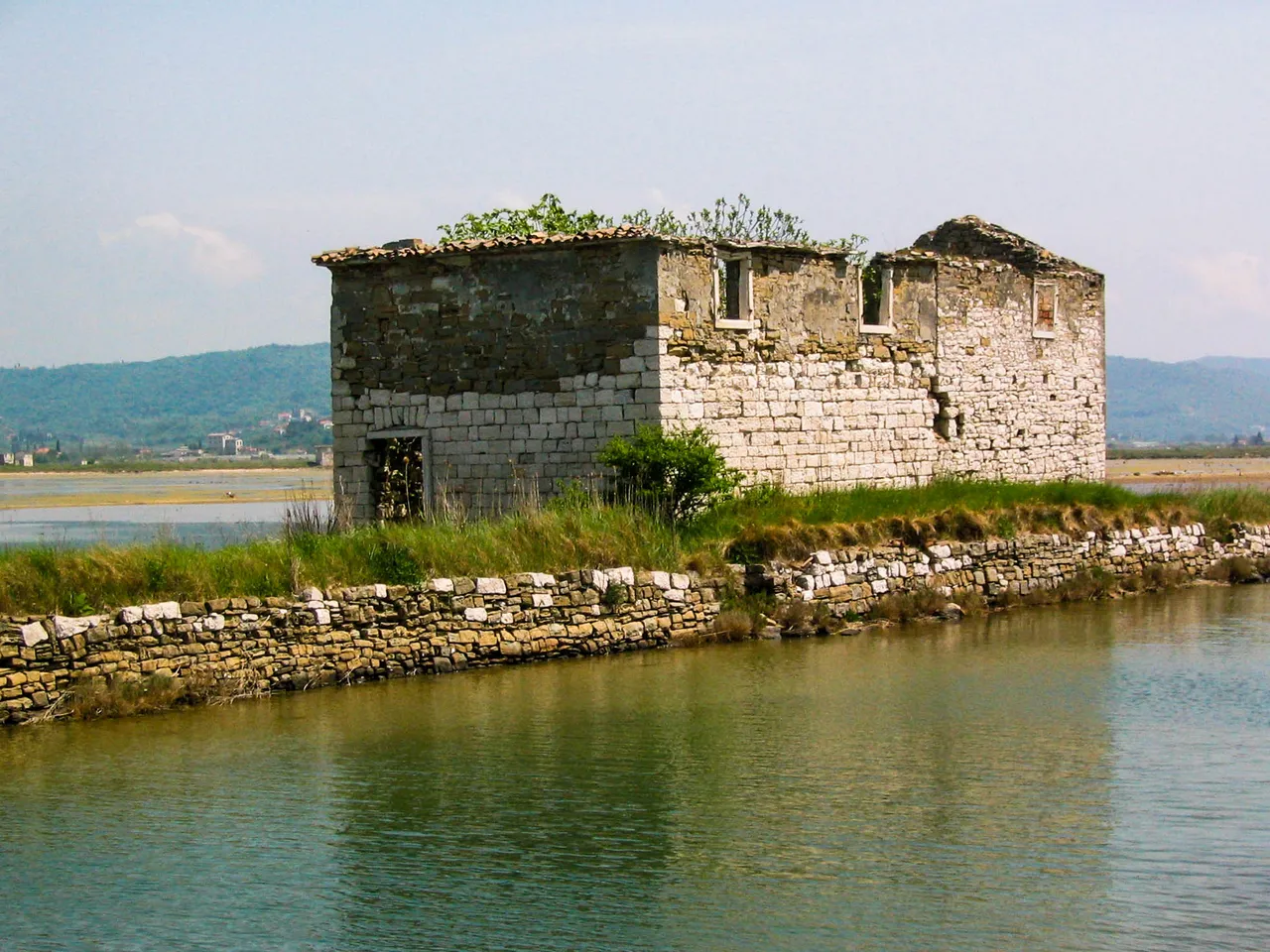
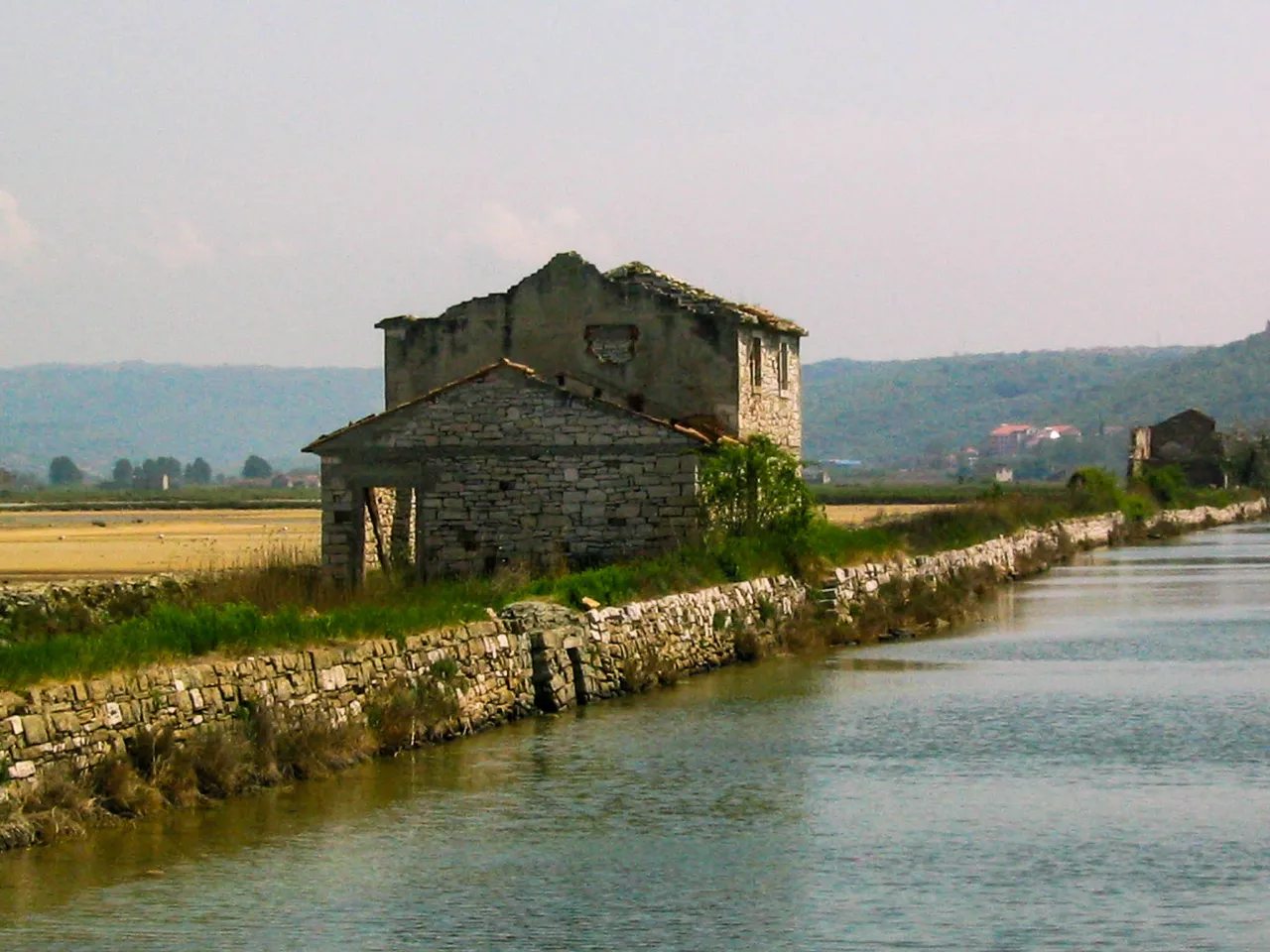

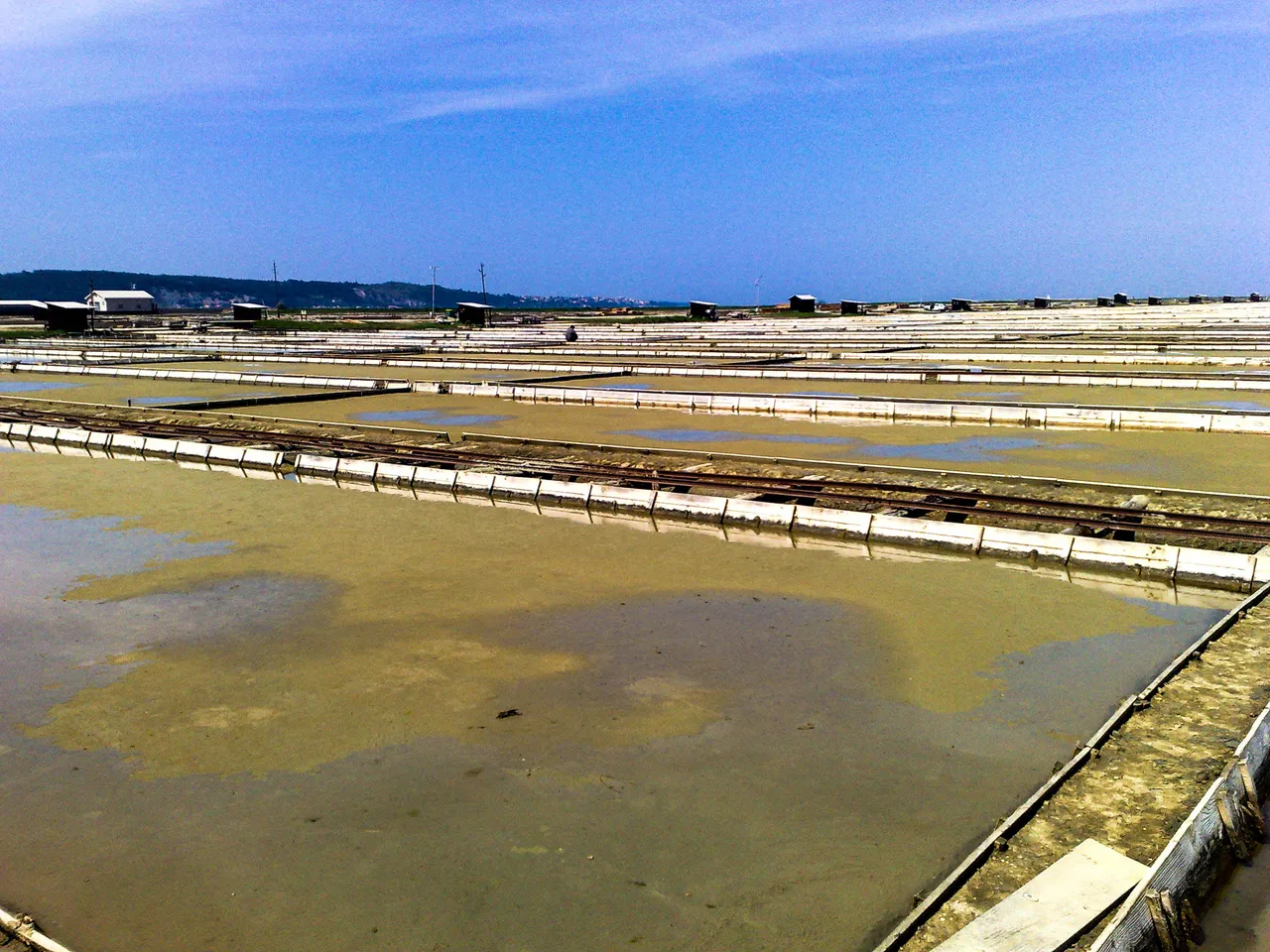
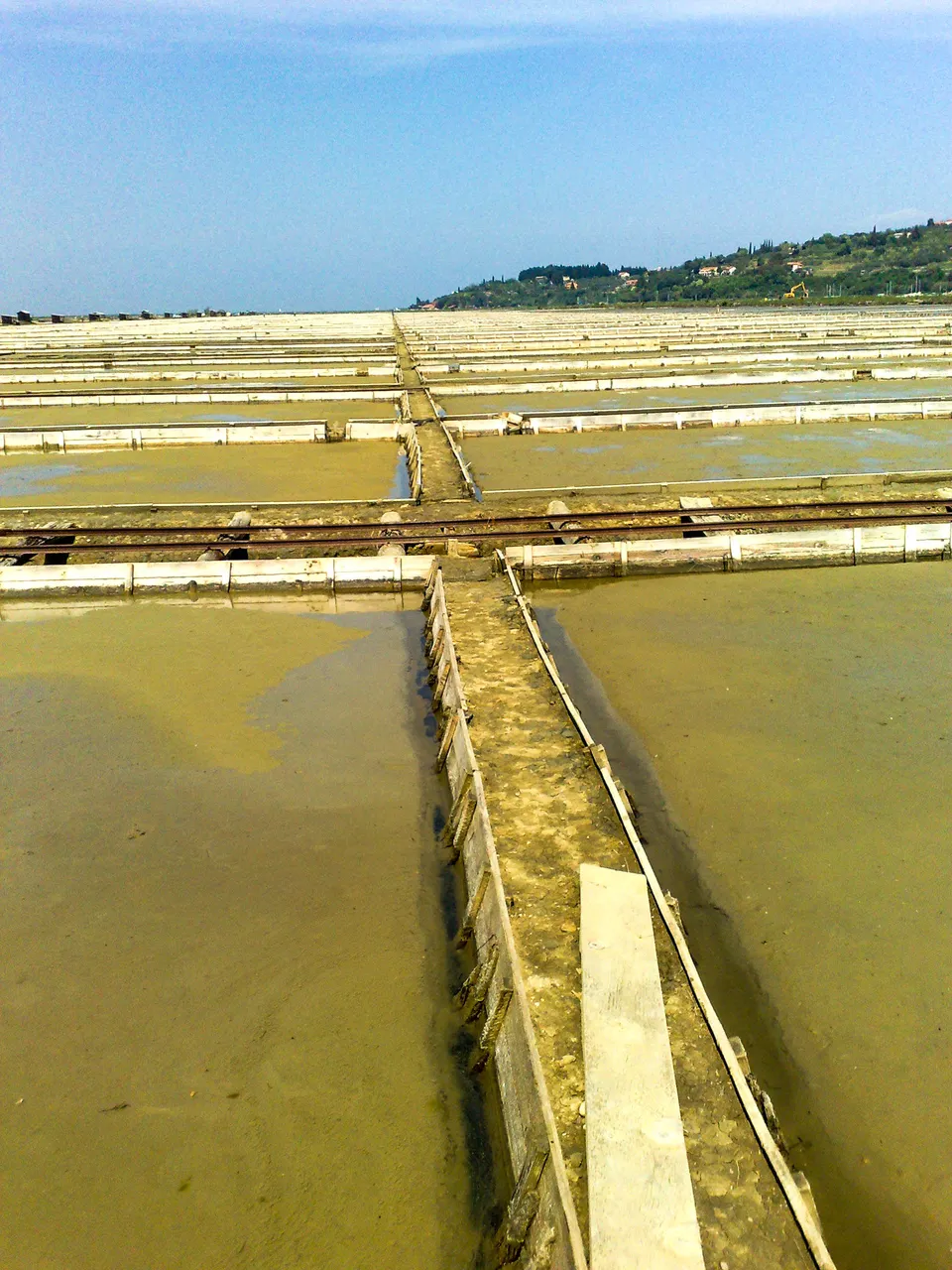
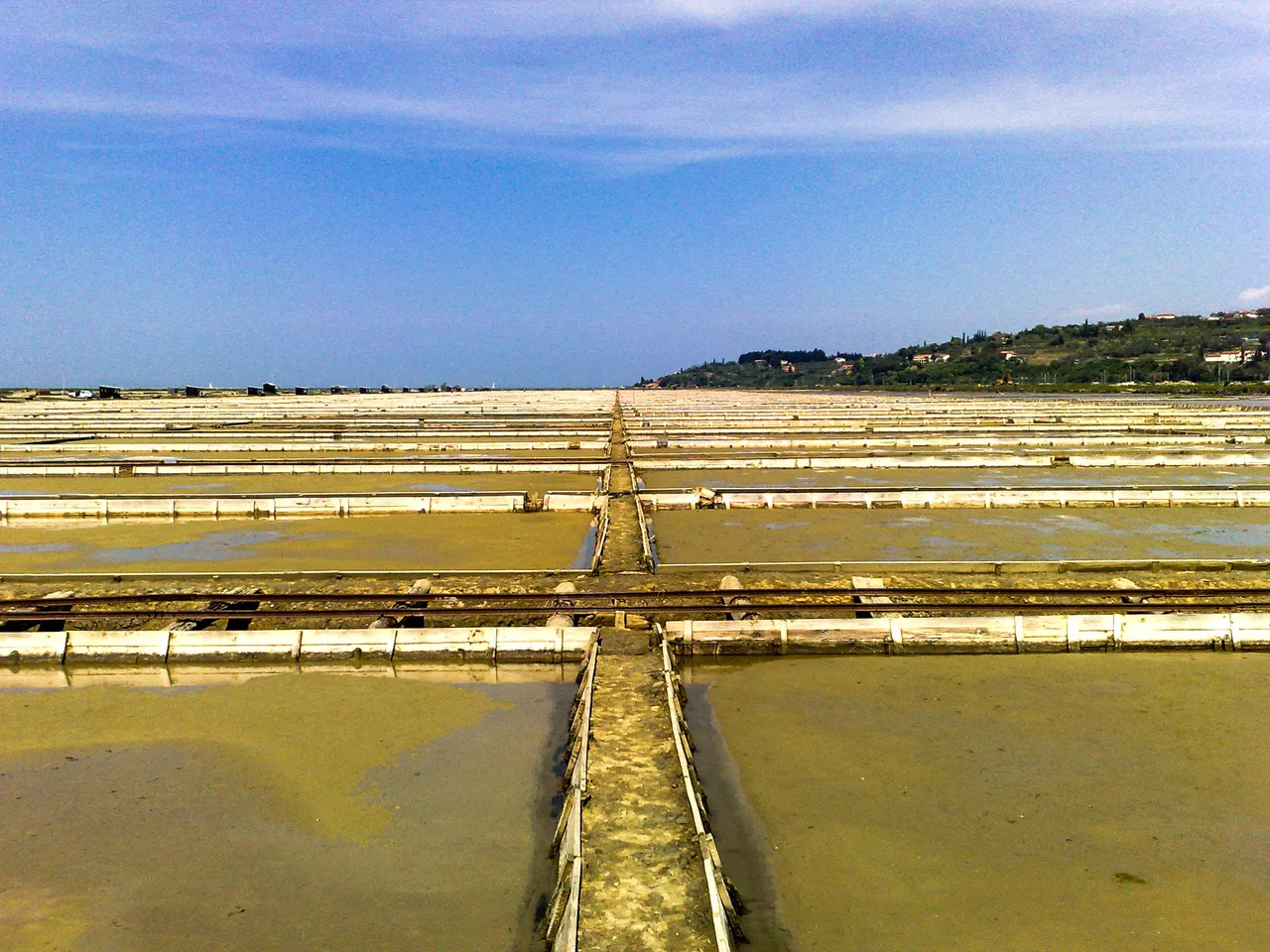

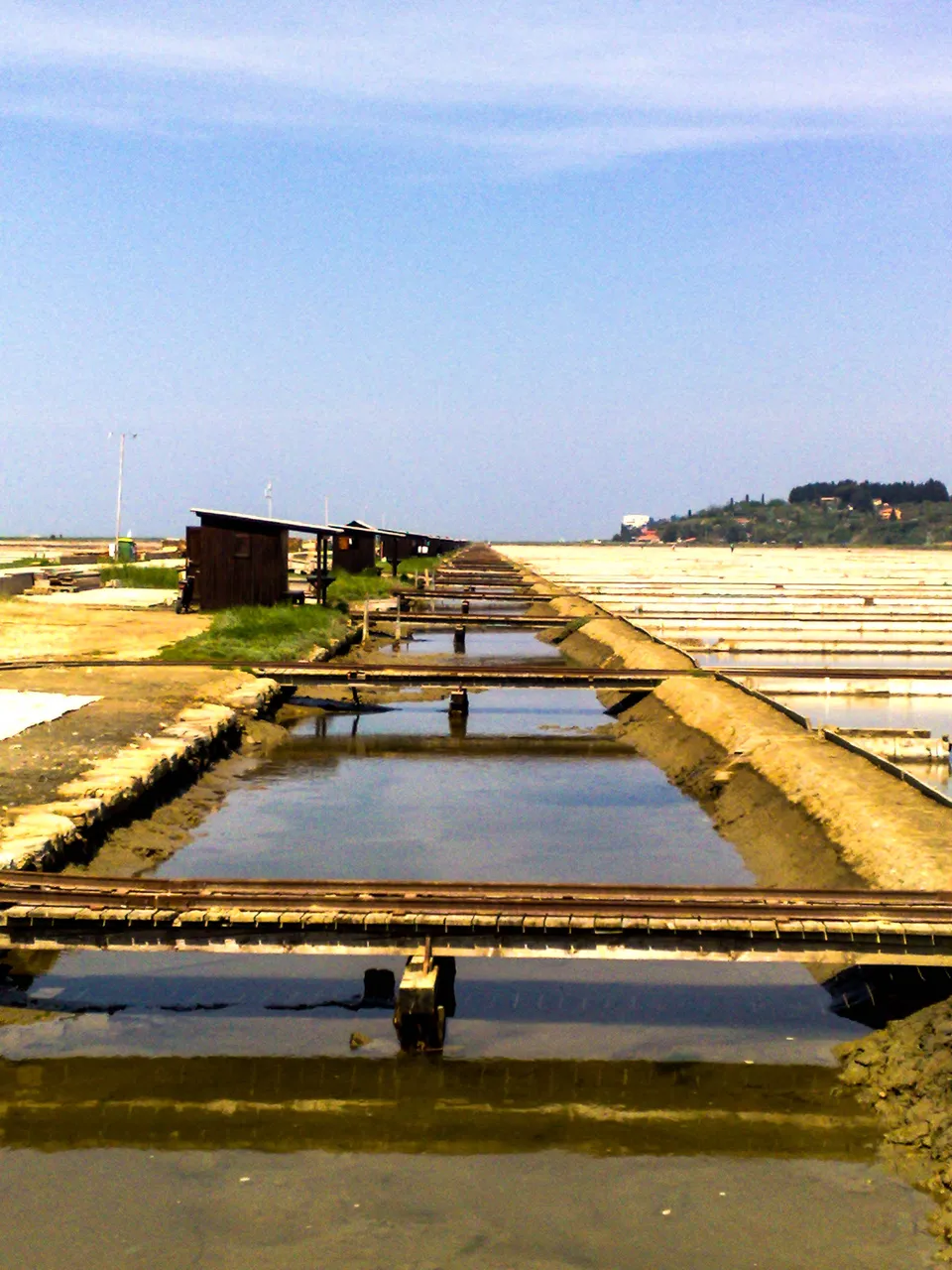
The two photos below were taken by me on the information board and show salt production in the old days.
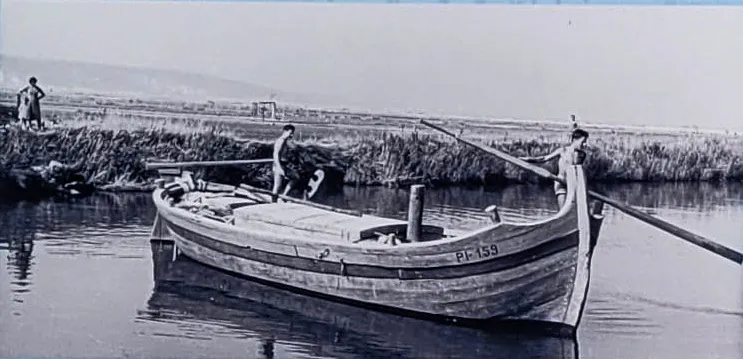
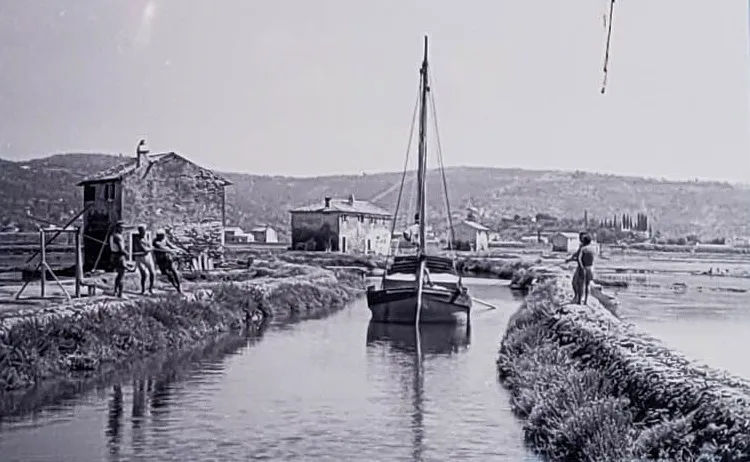

Thanks for reading,
feel free to leave a comment, I will be glad to reply to.
Best regards, @miljo76
